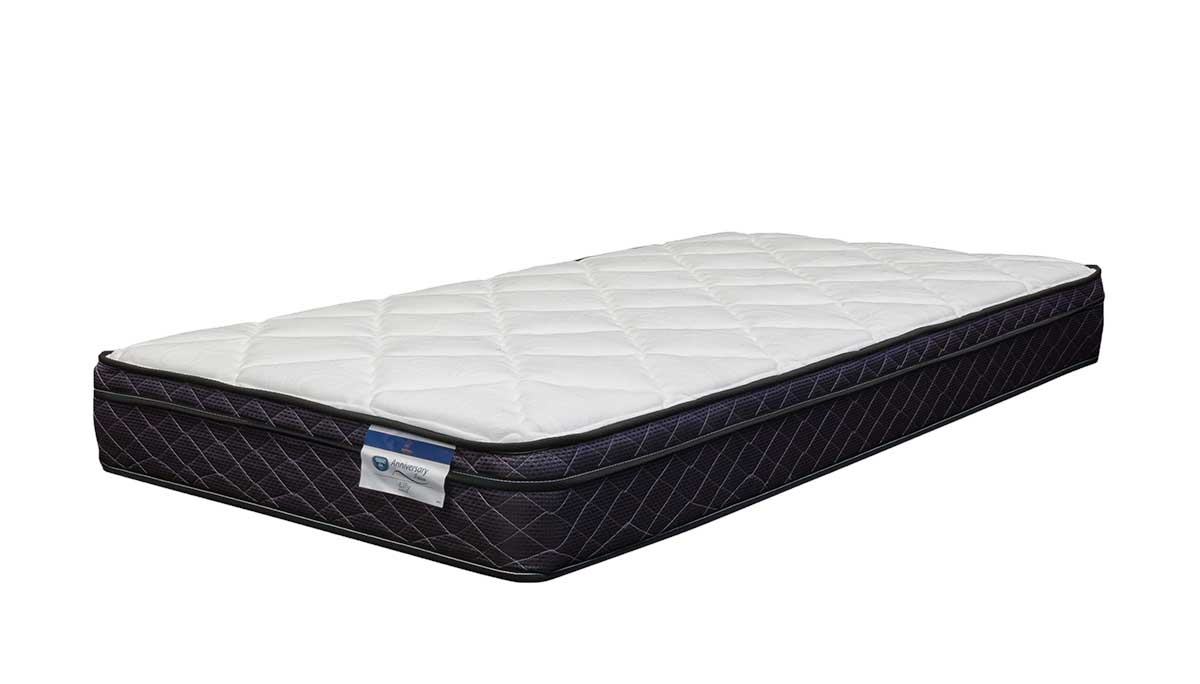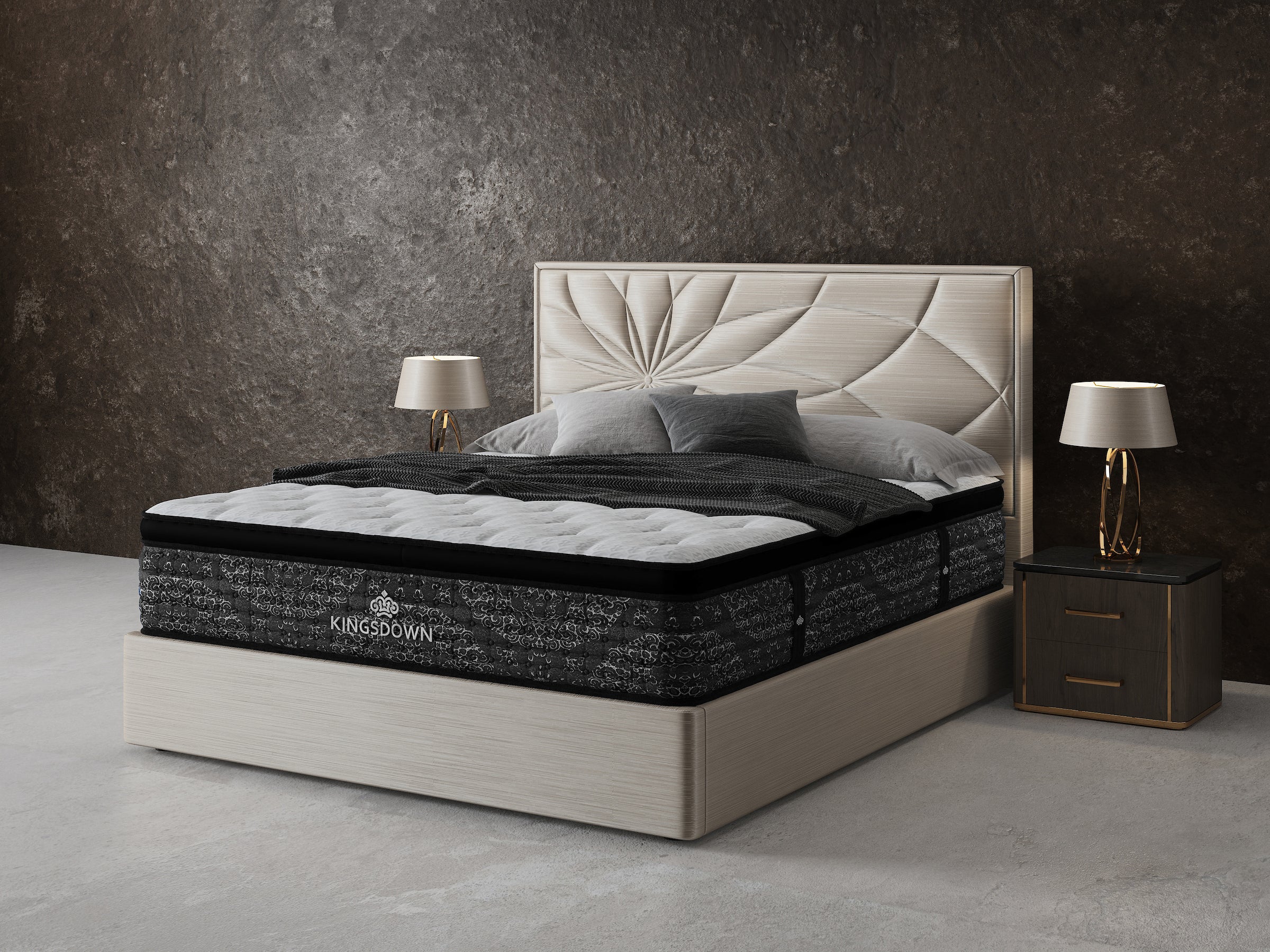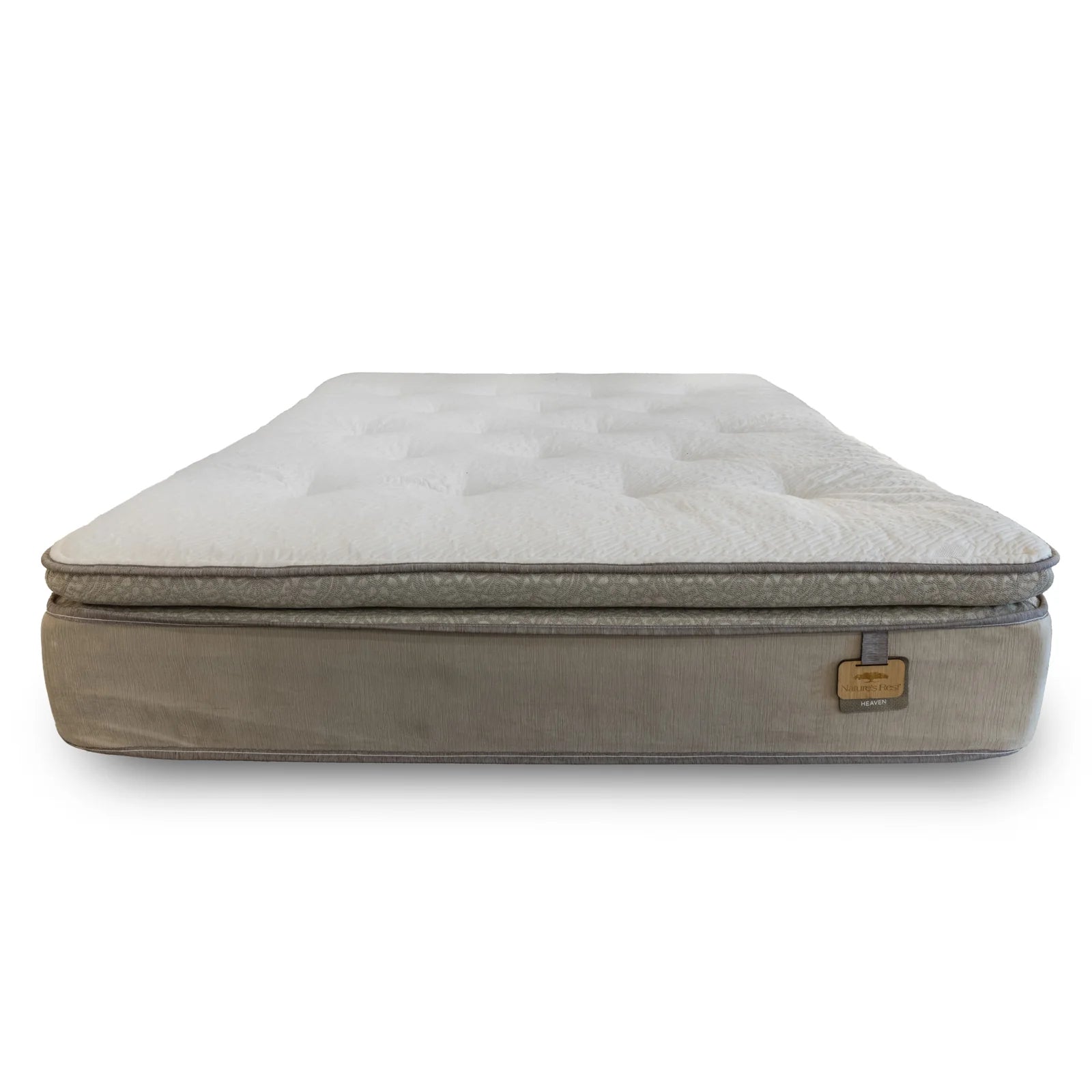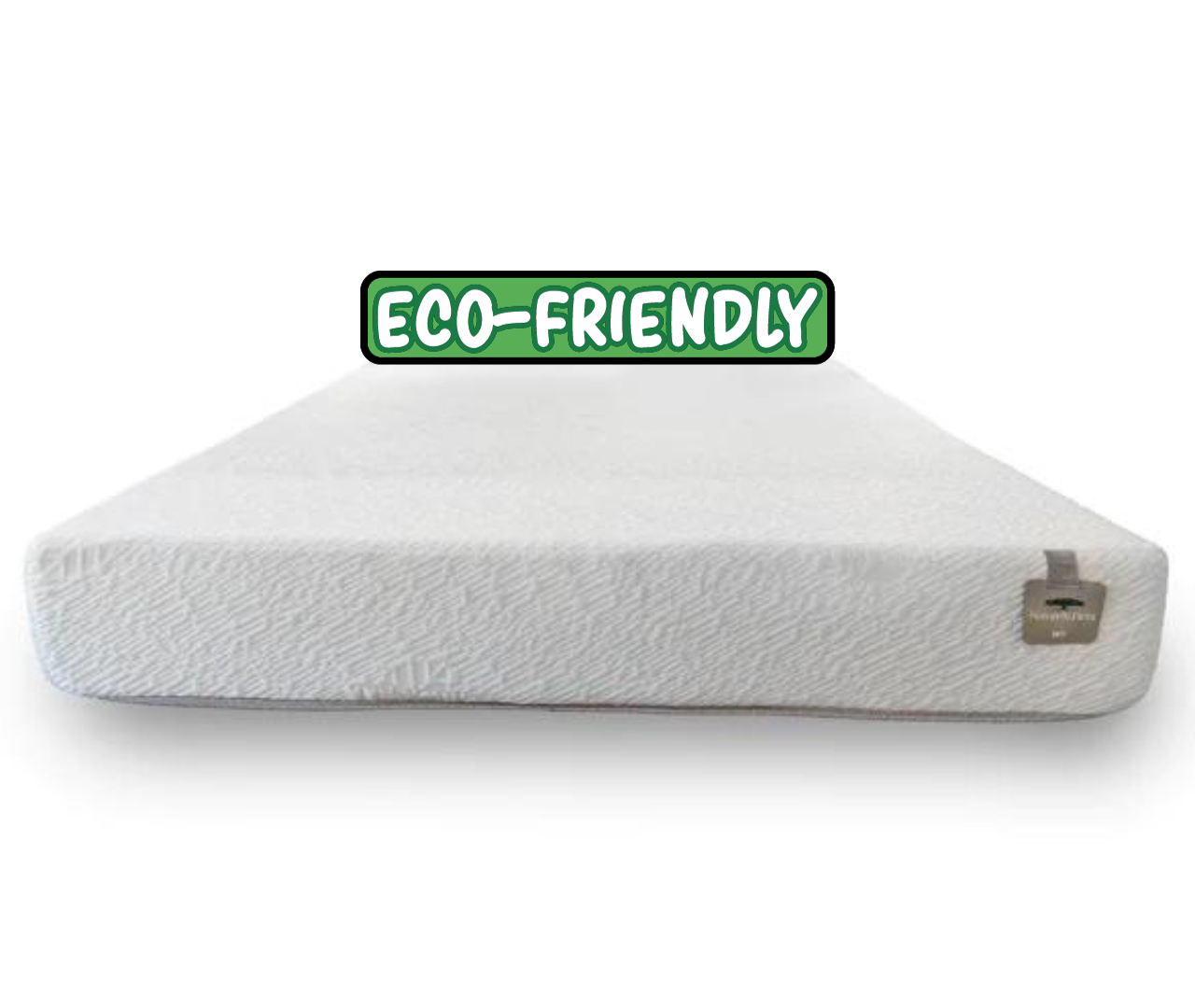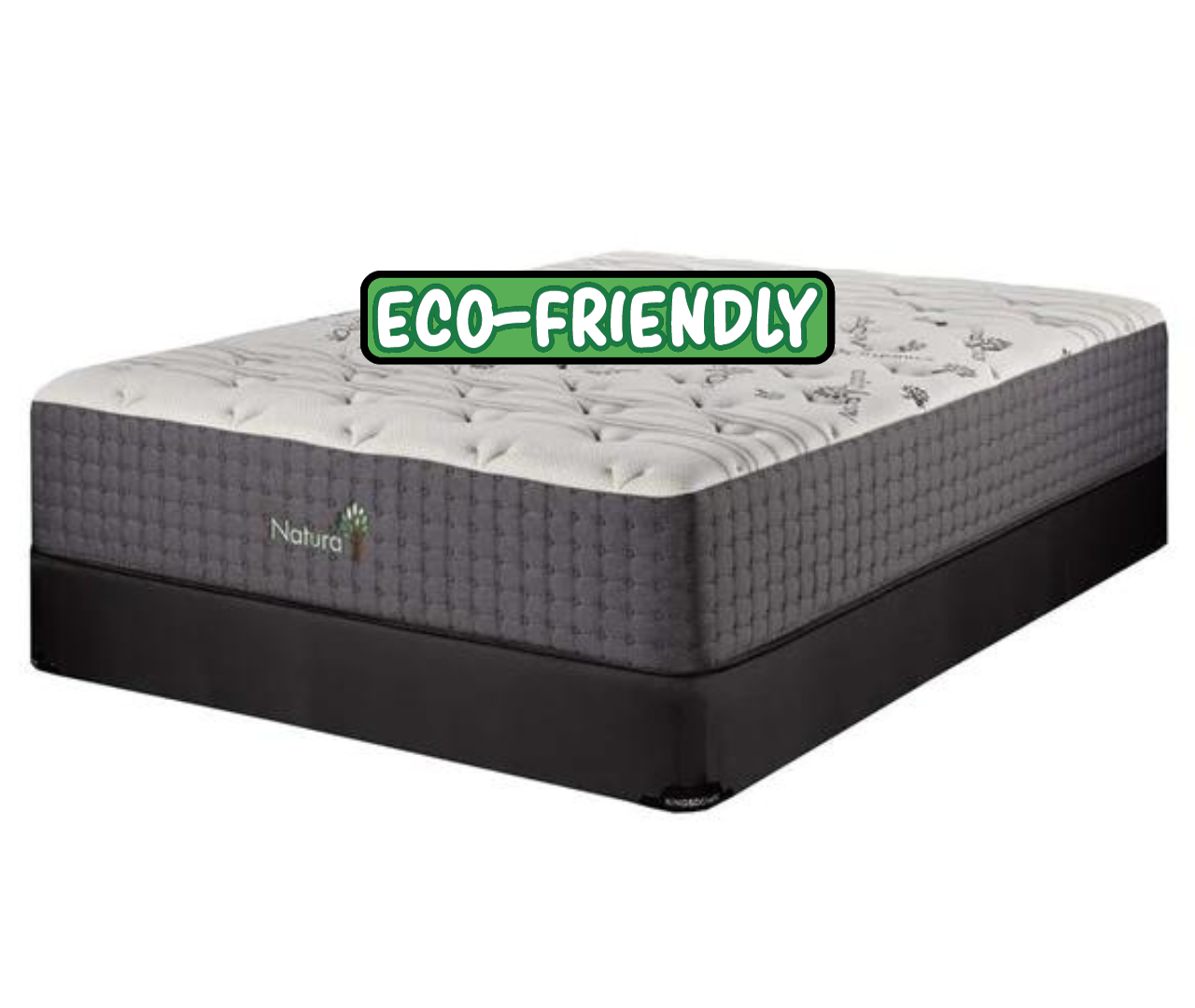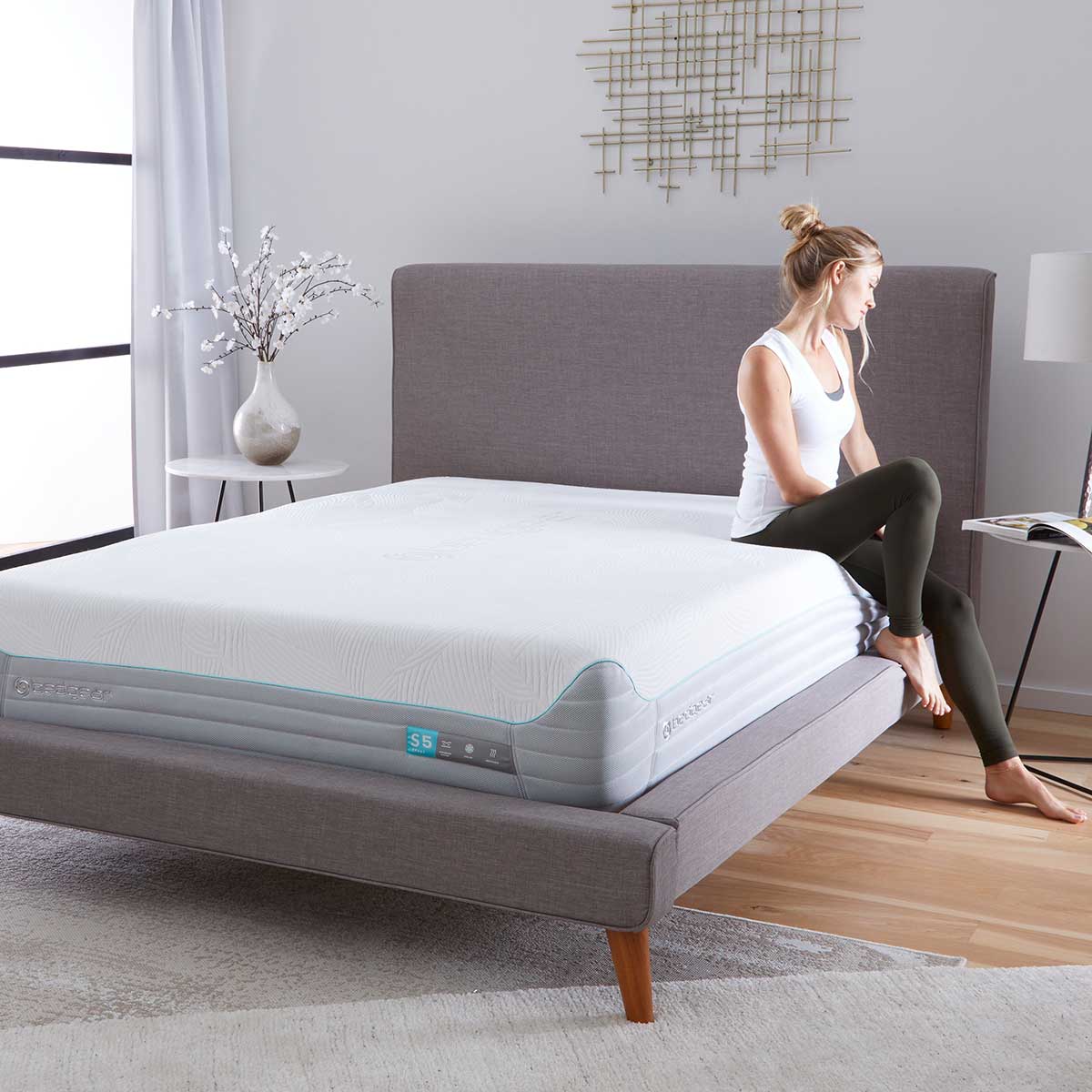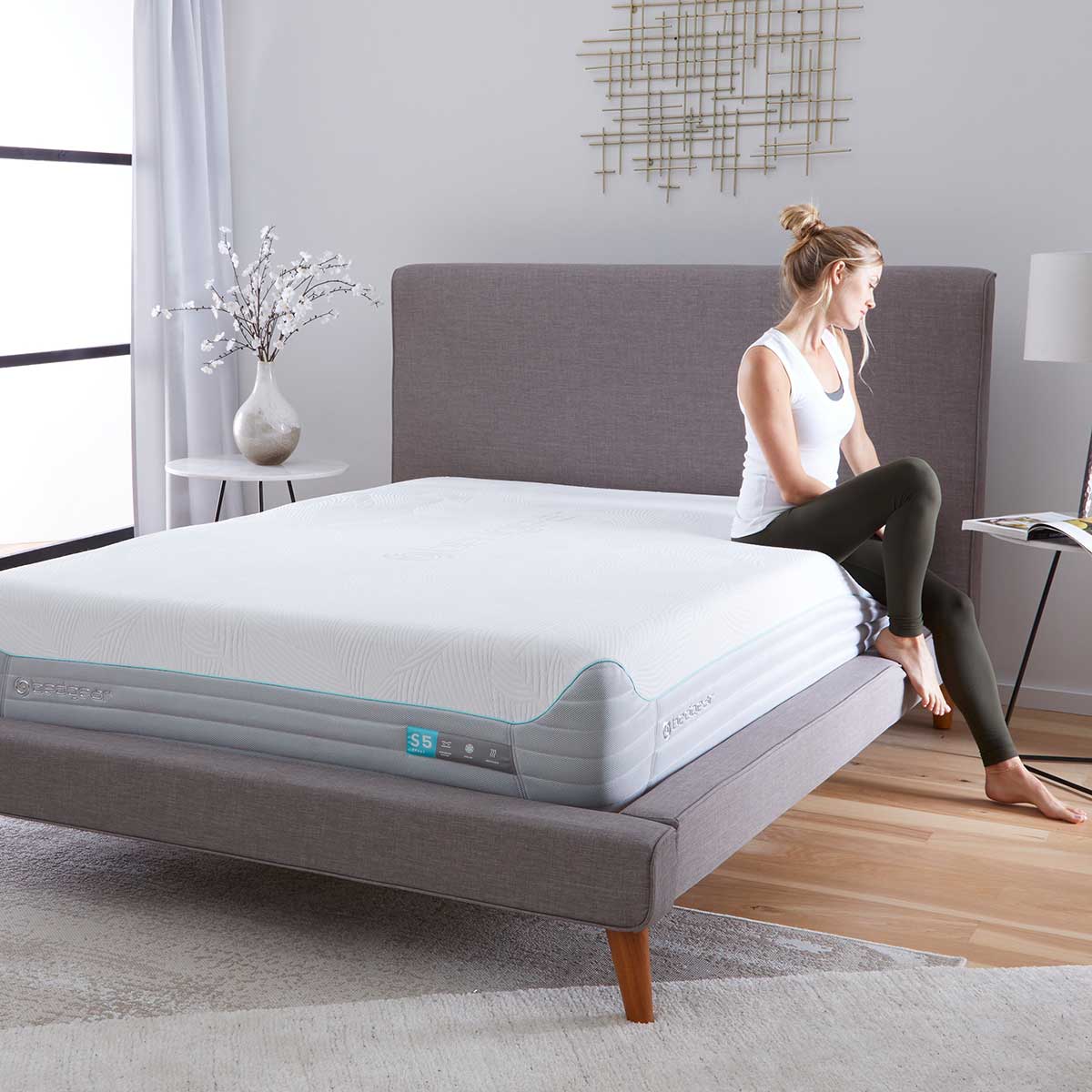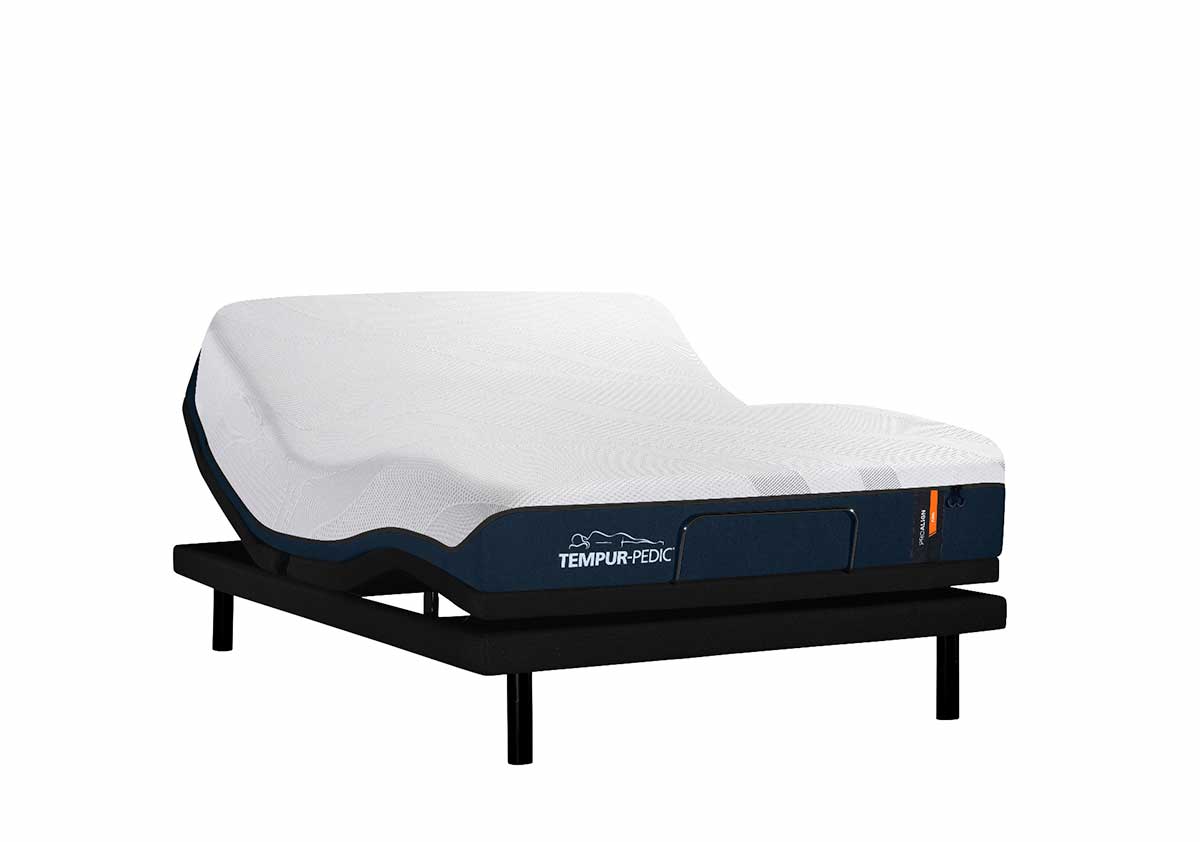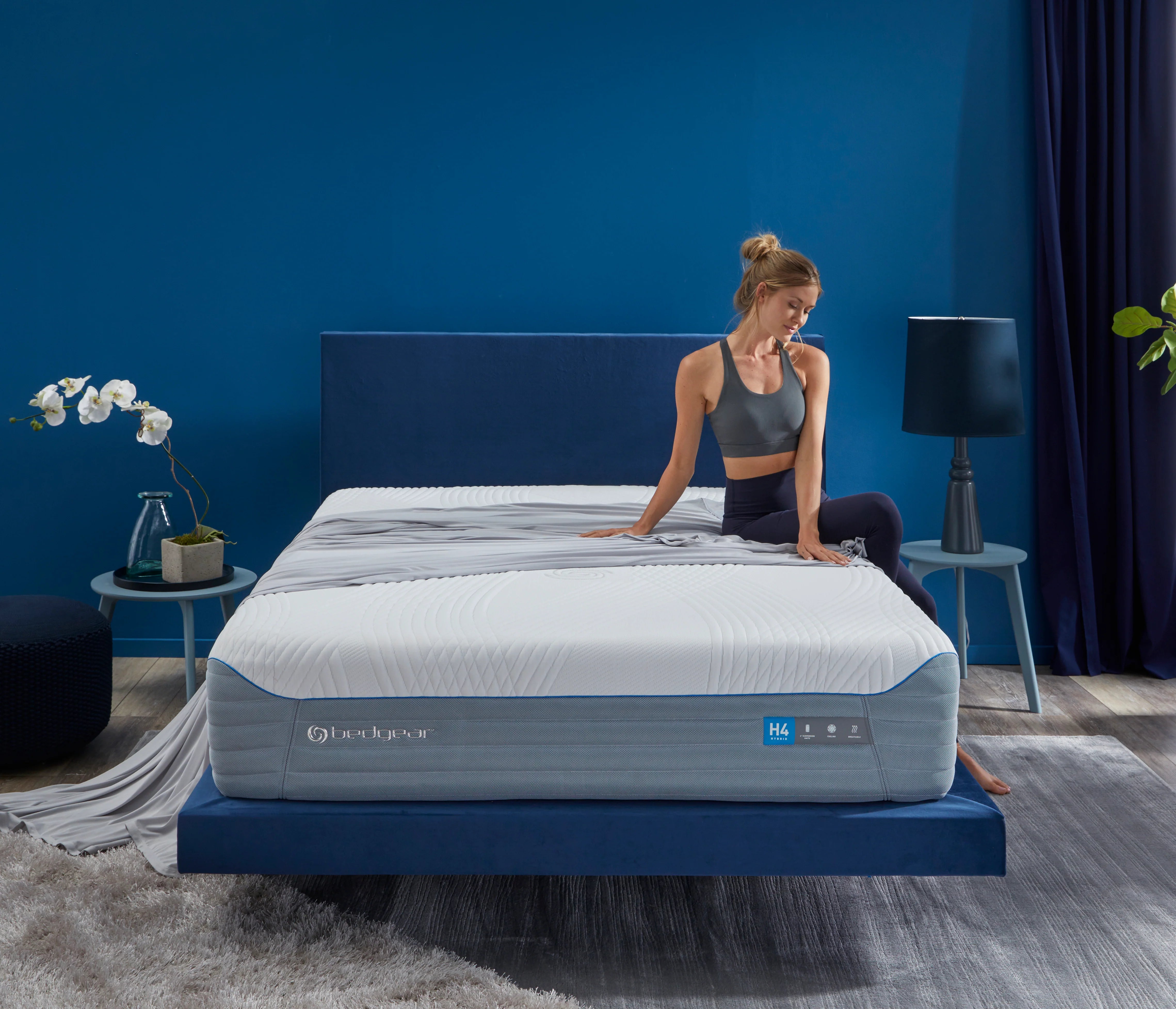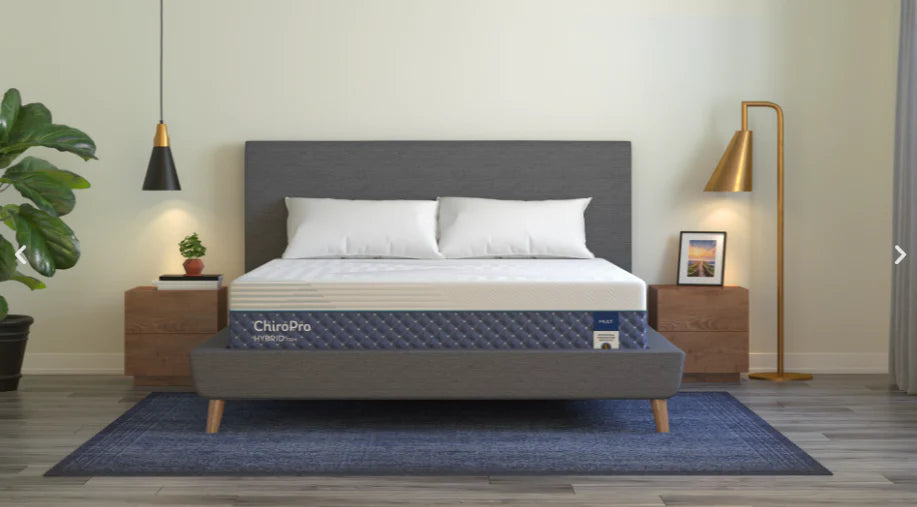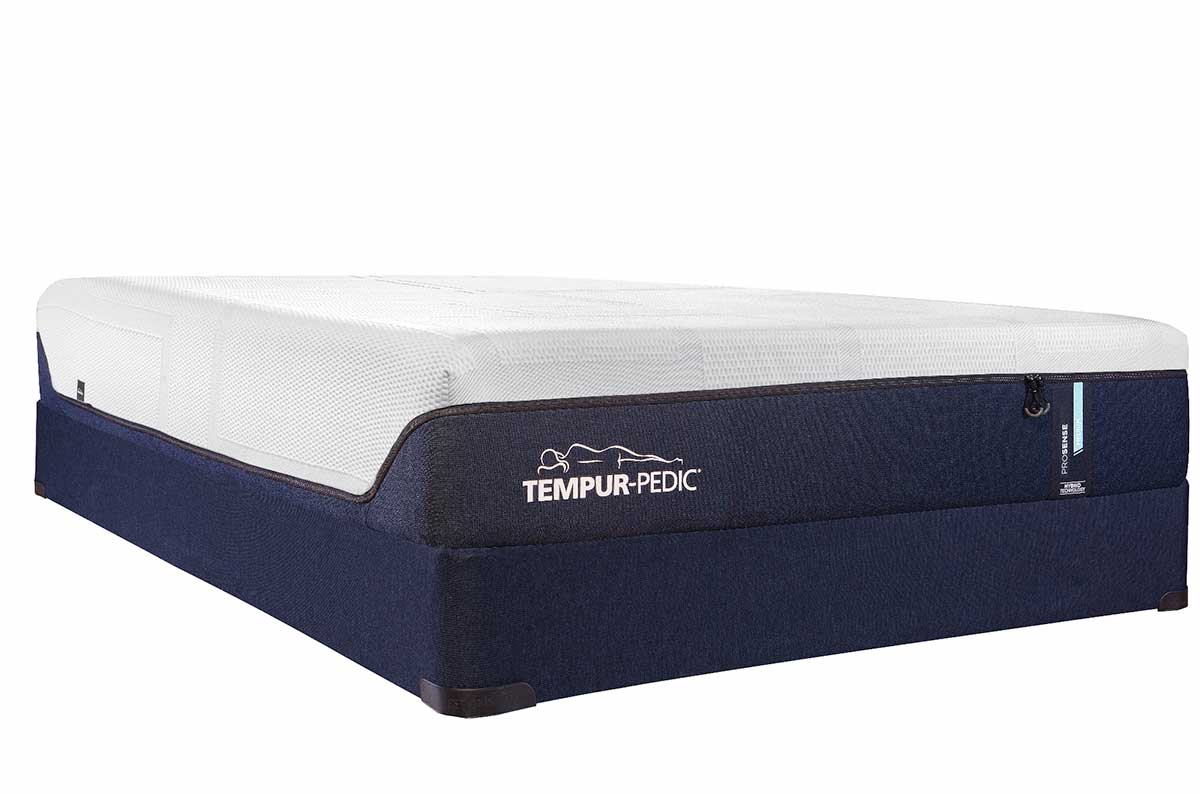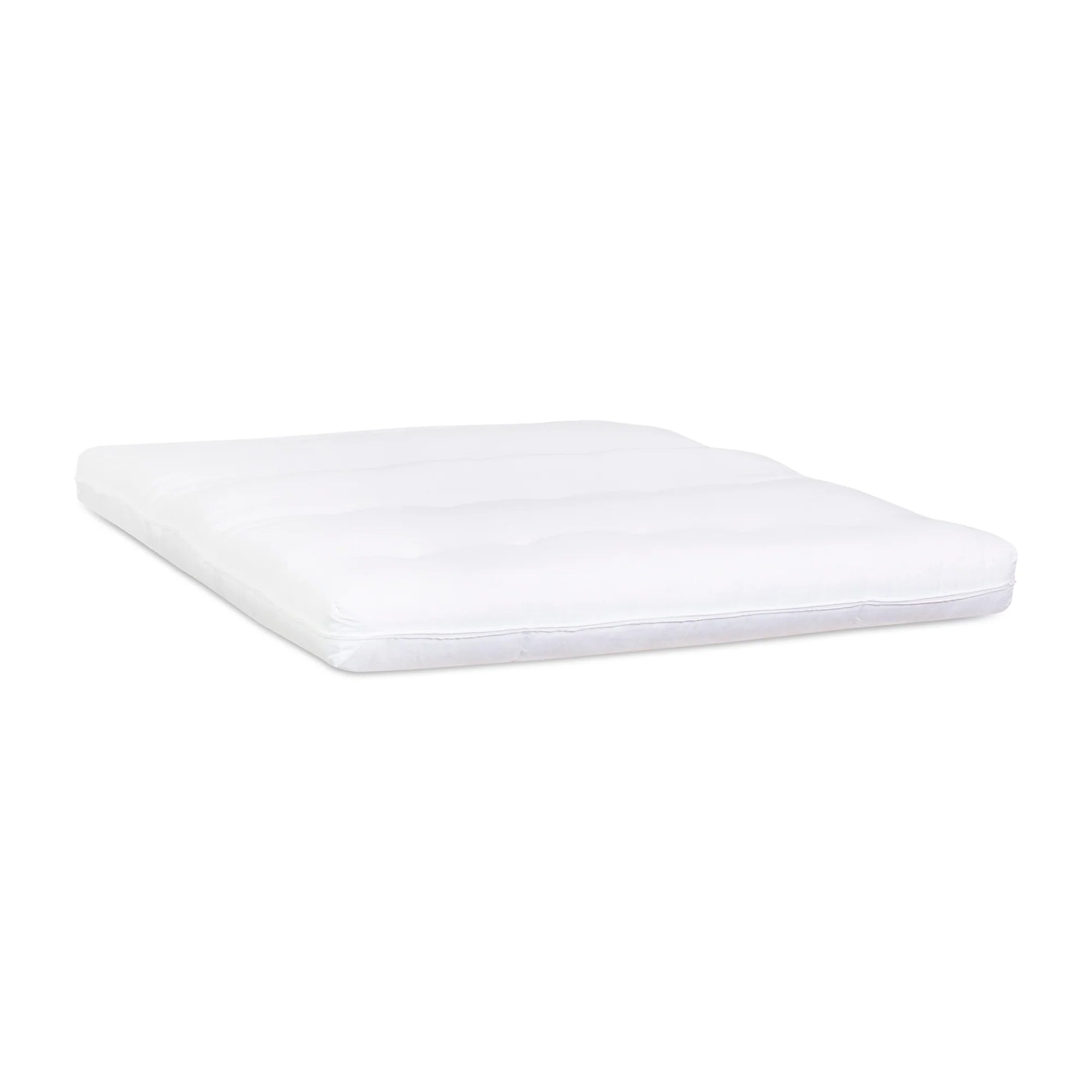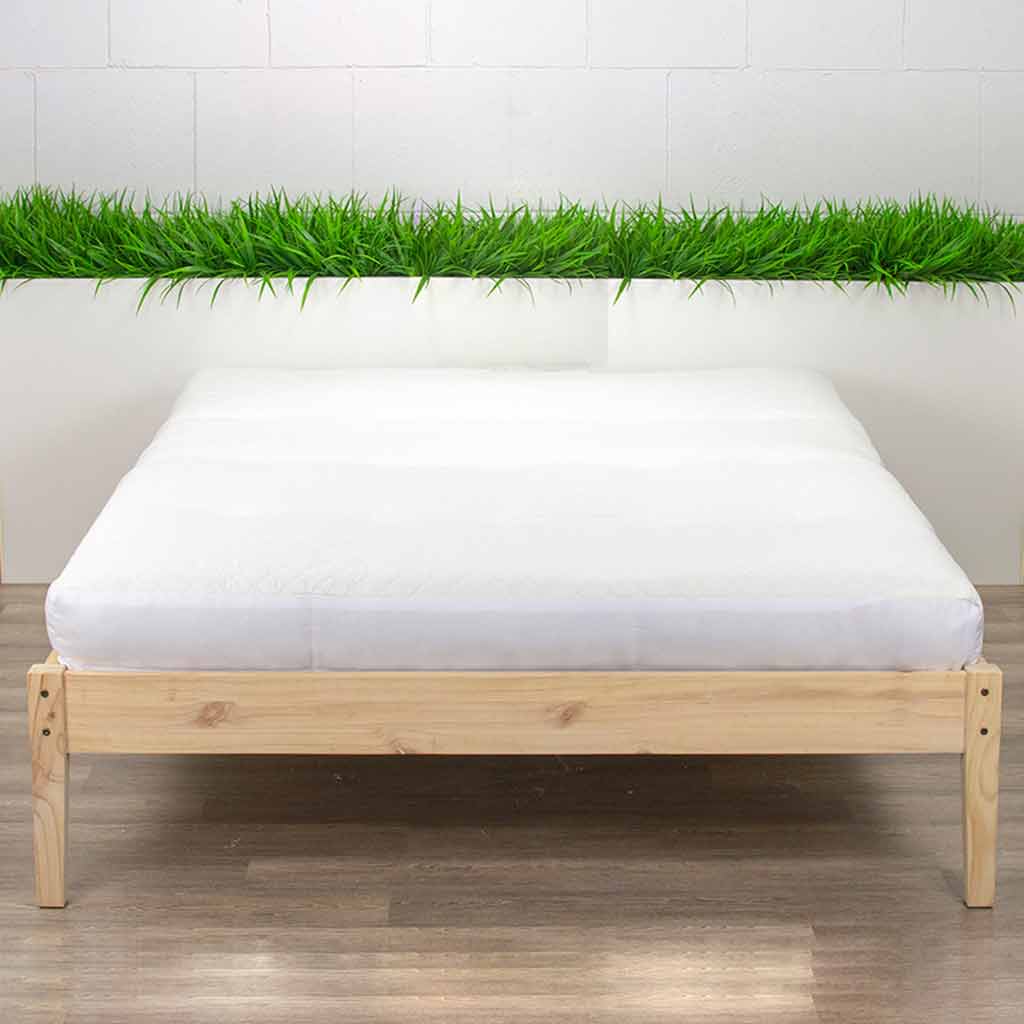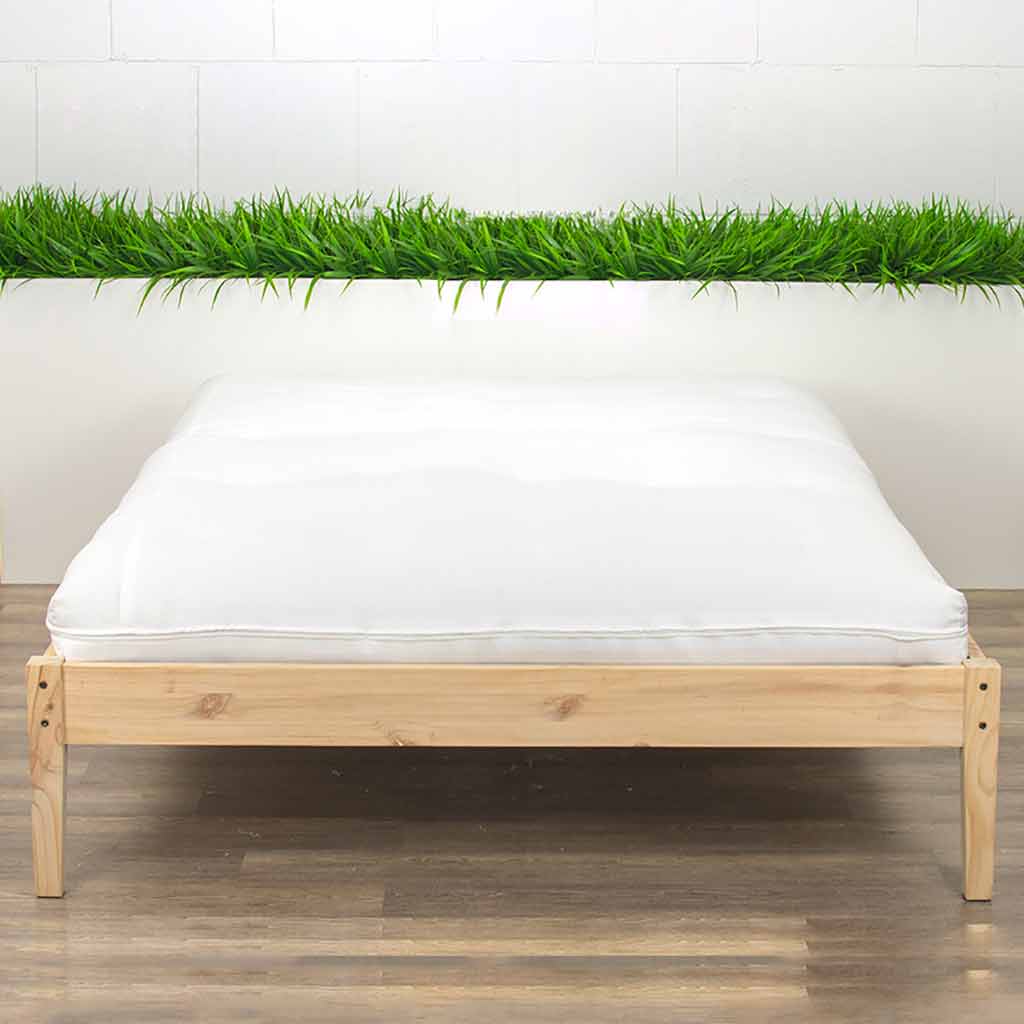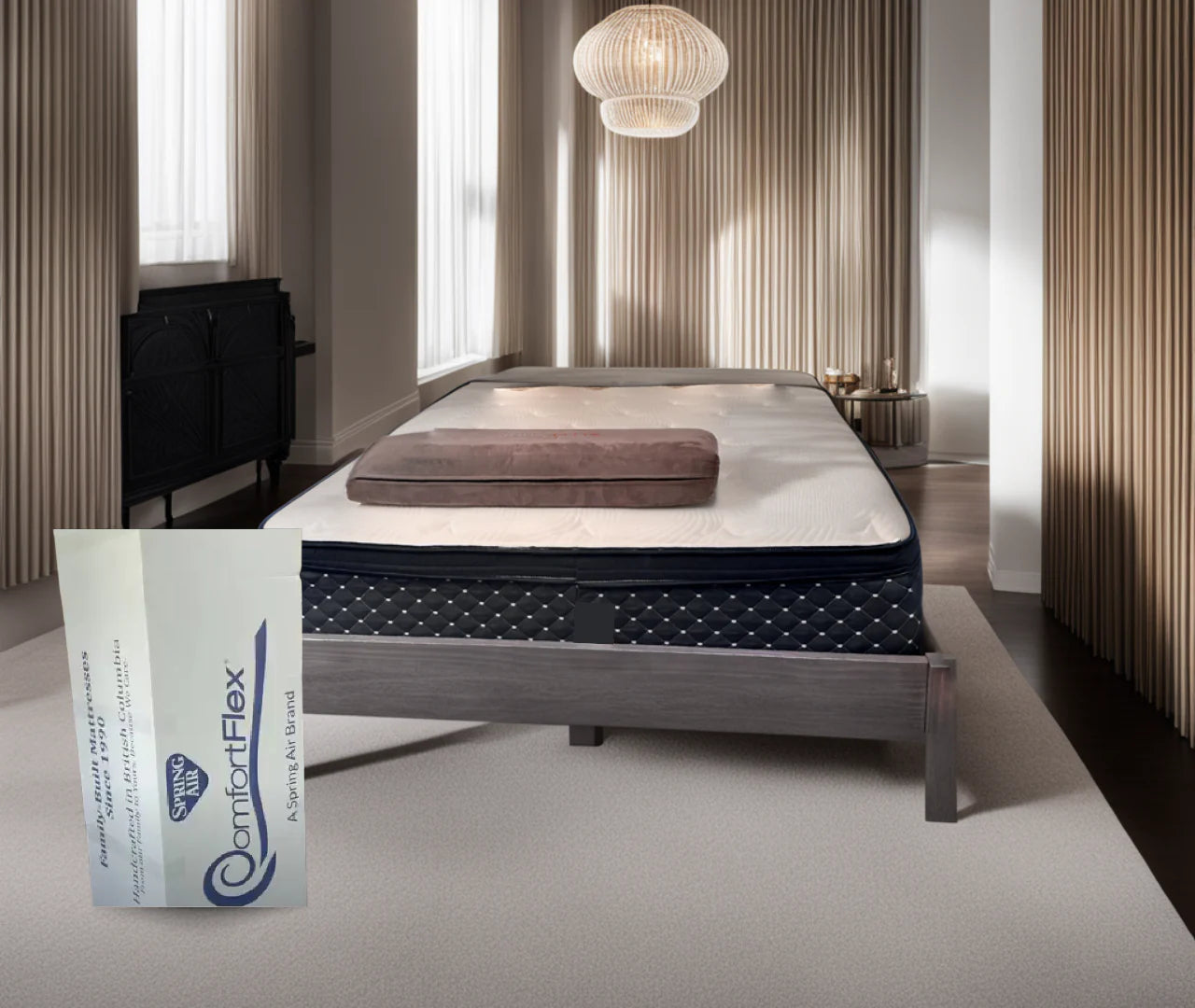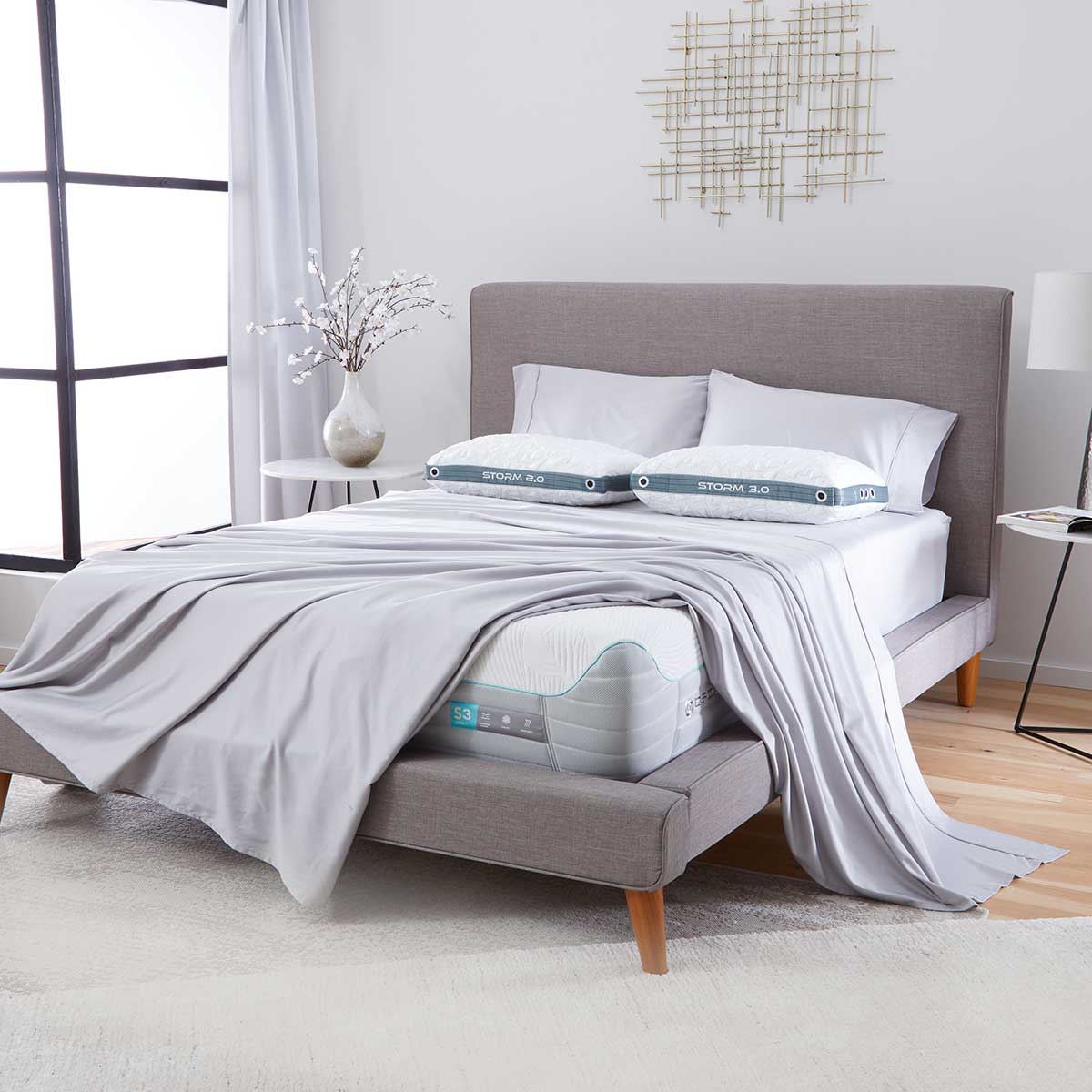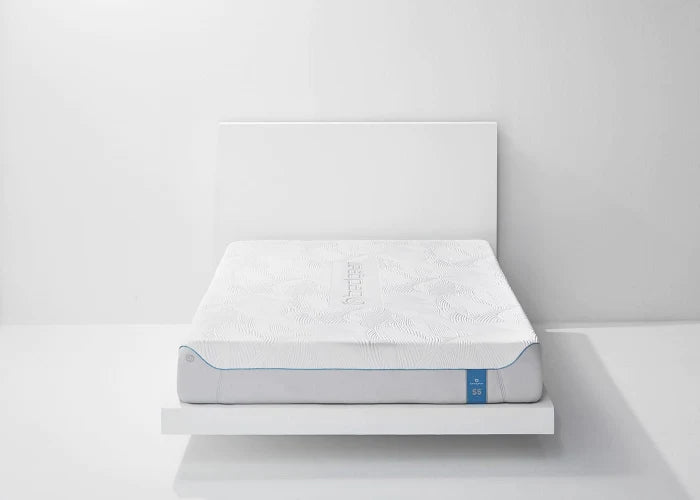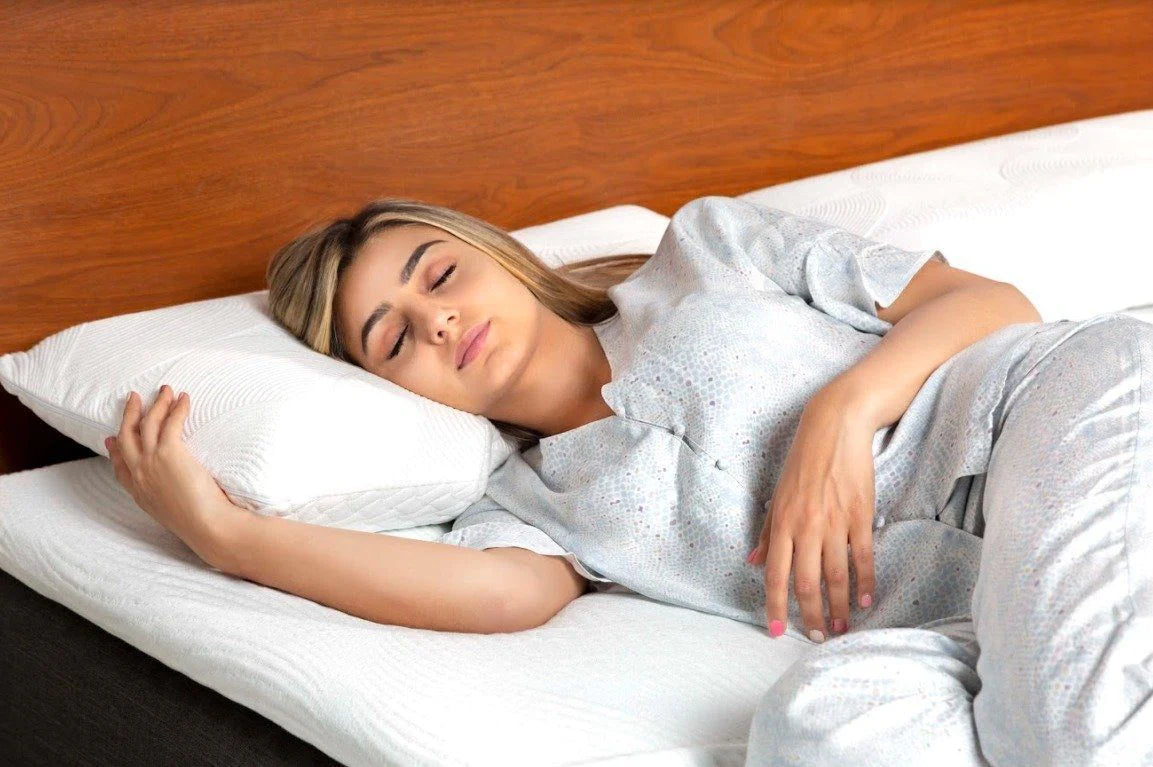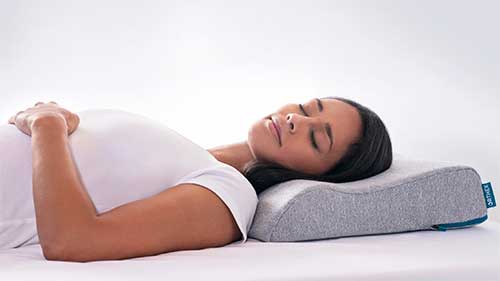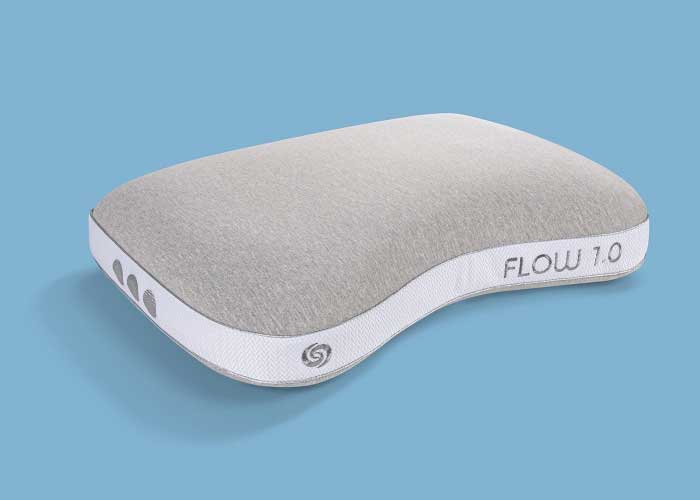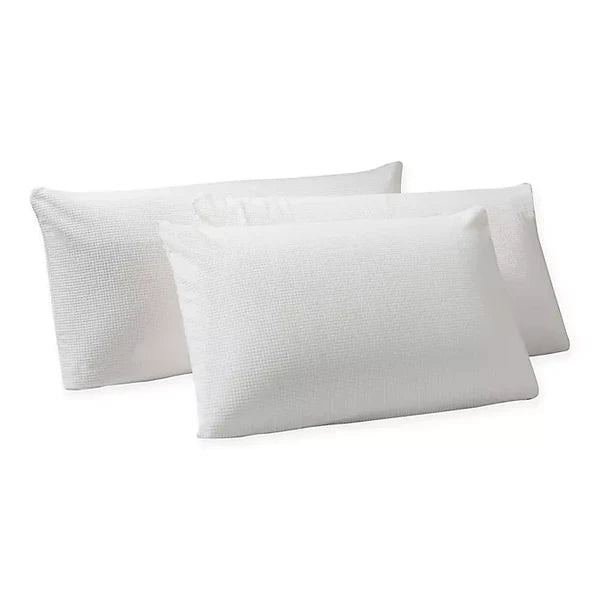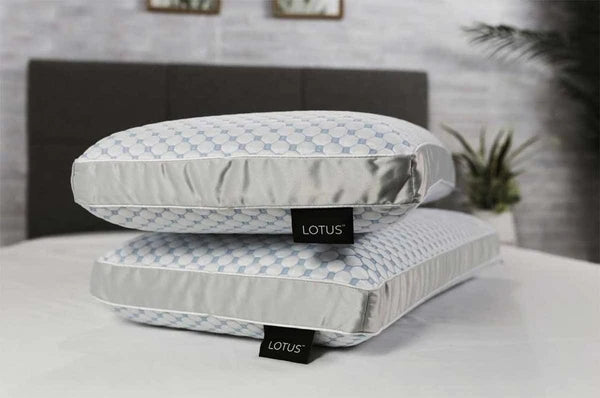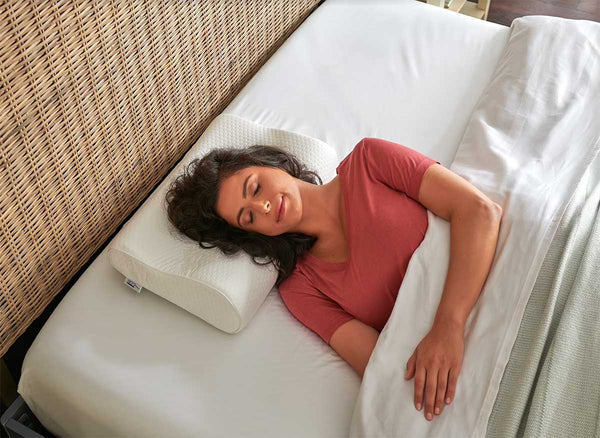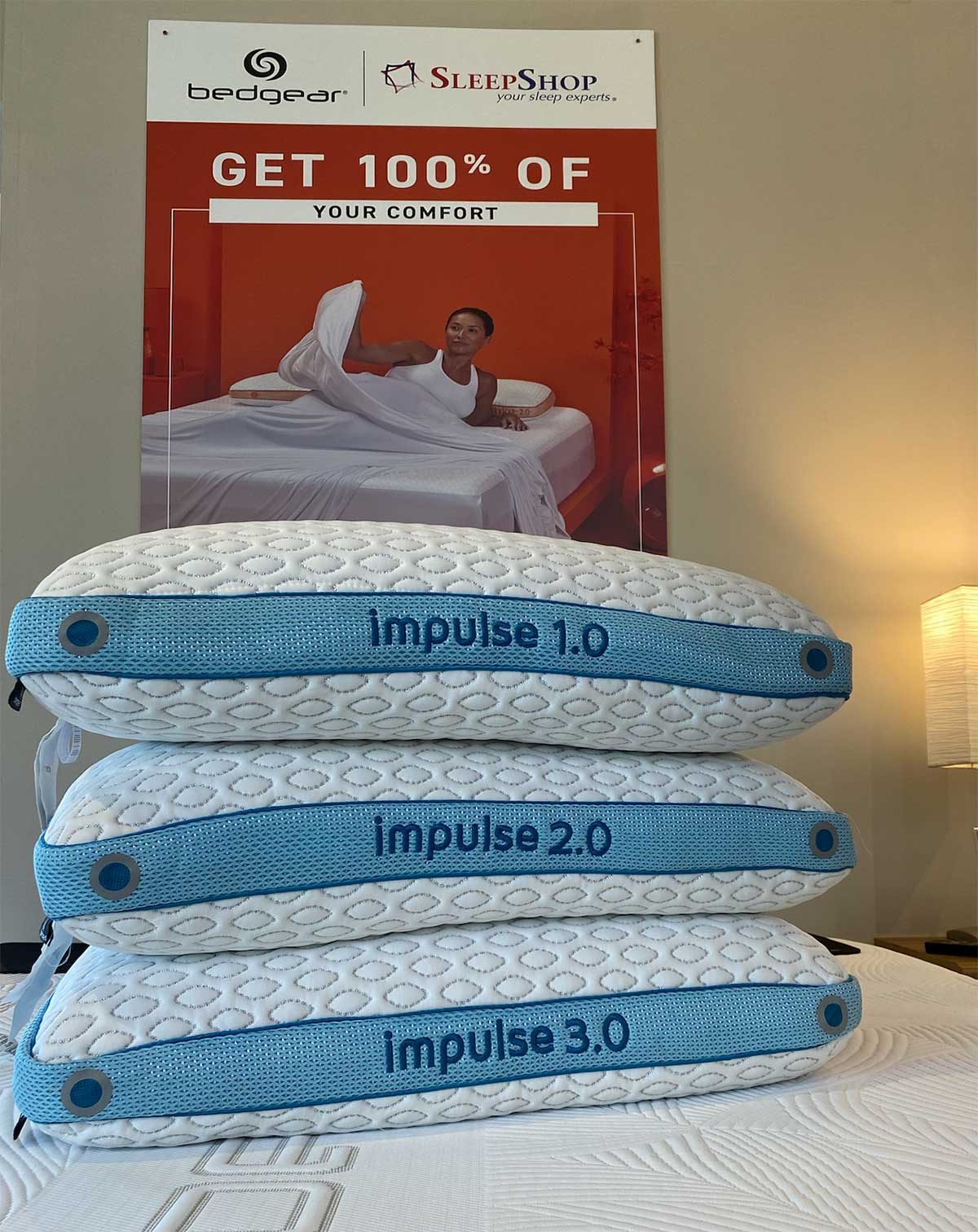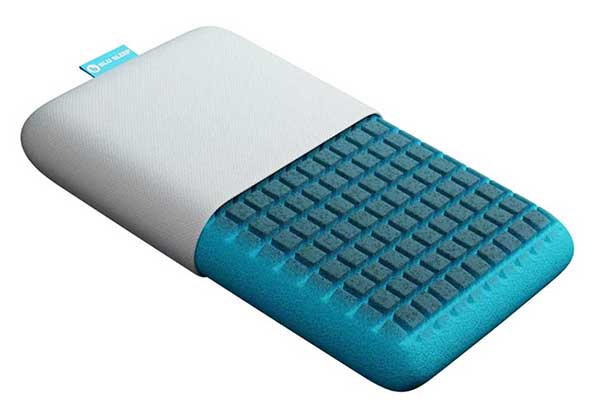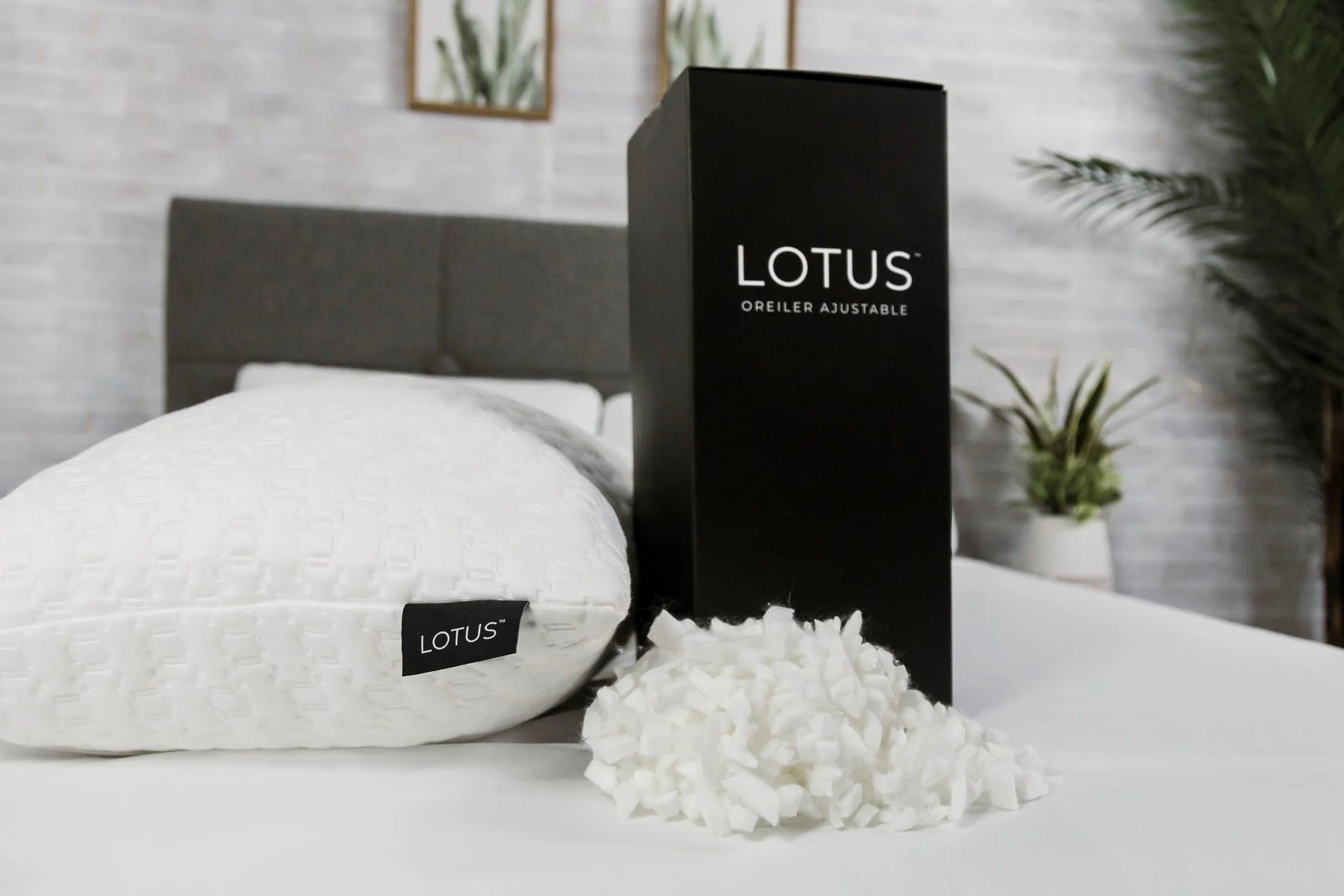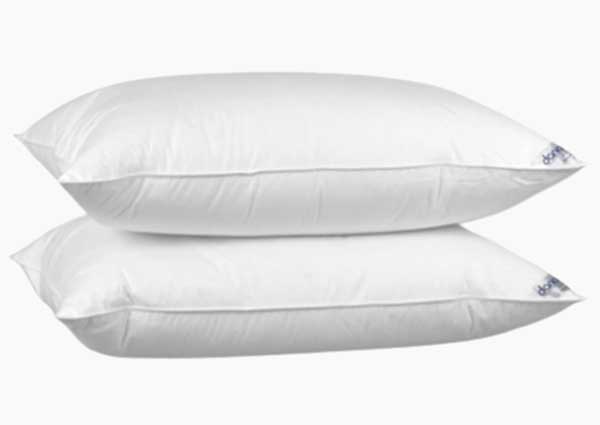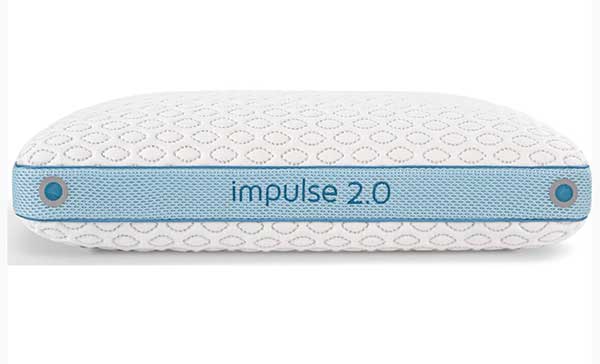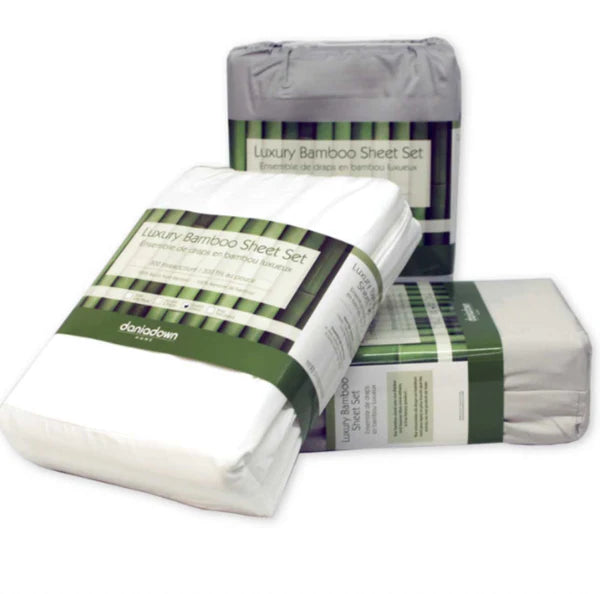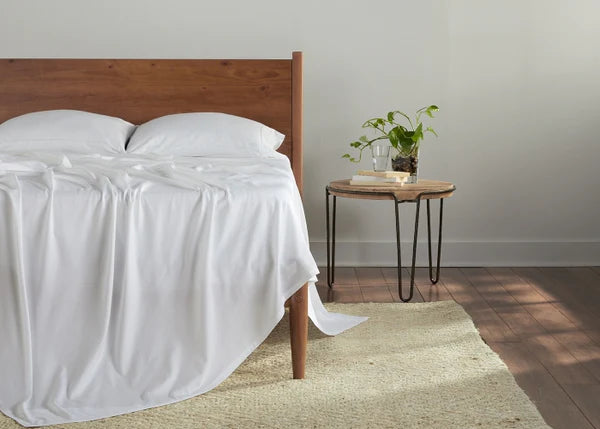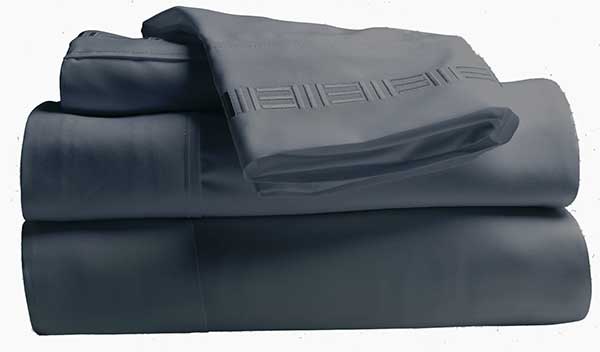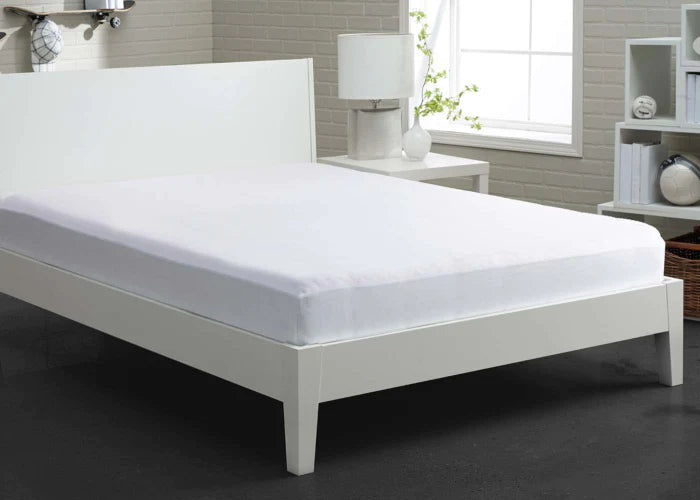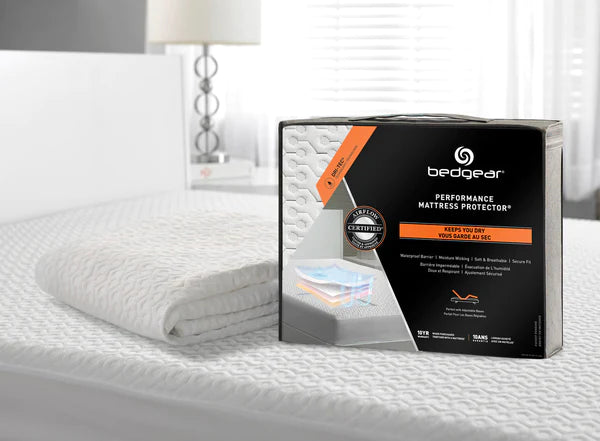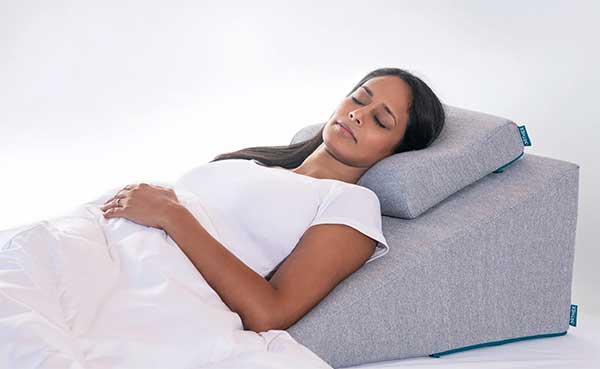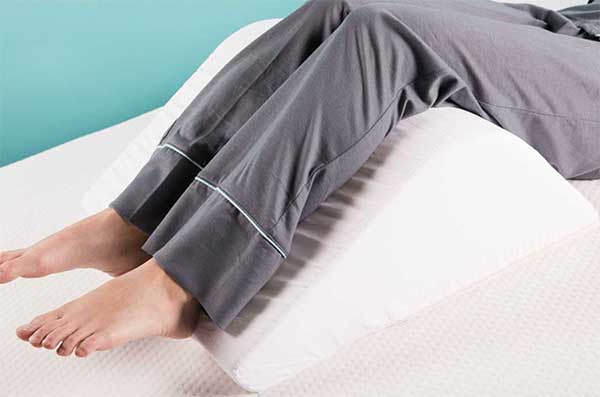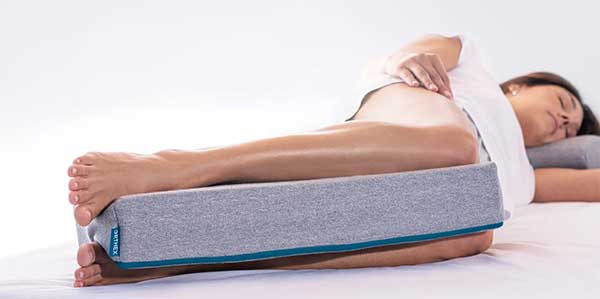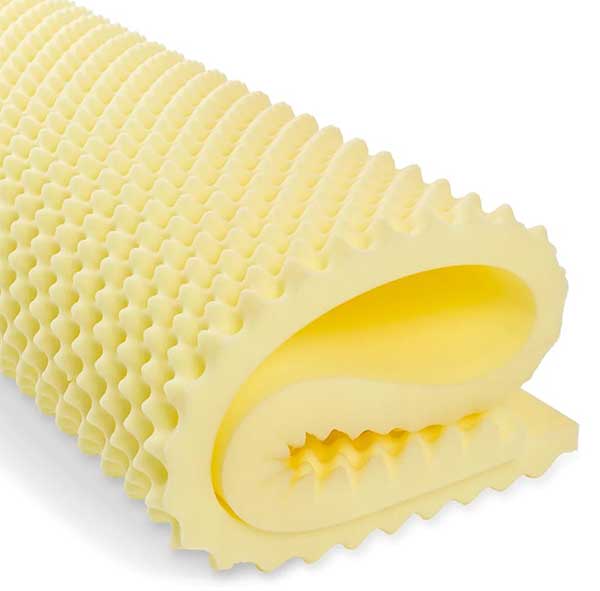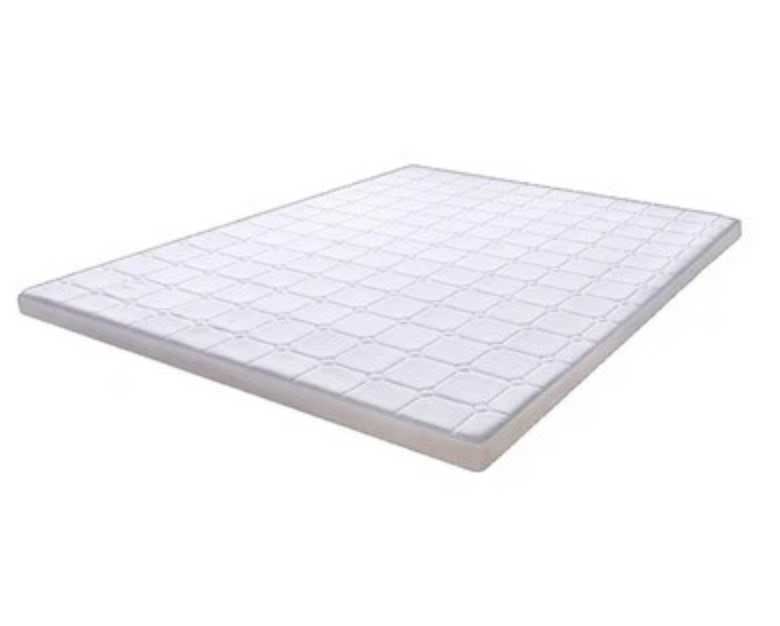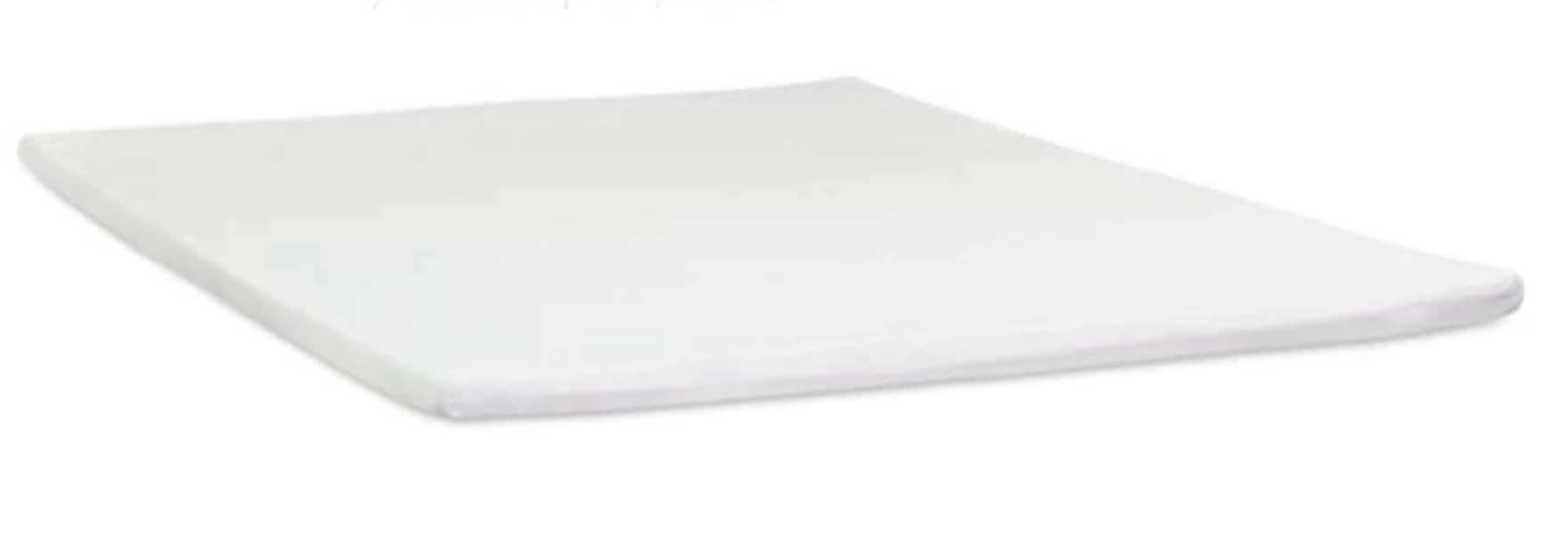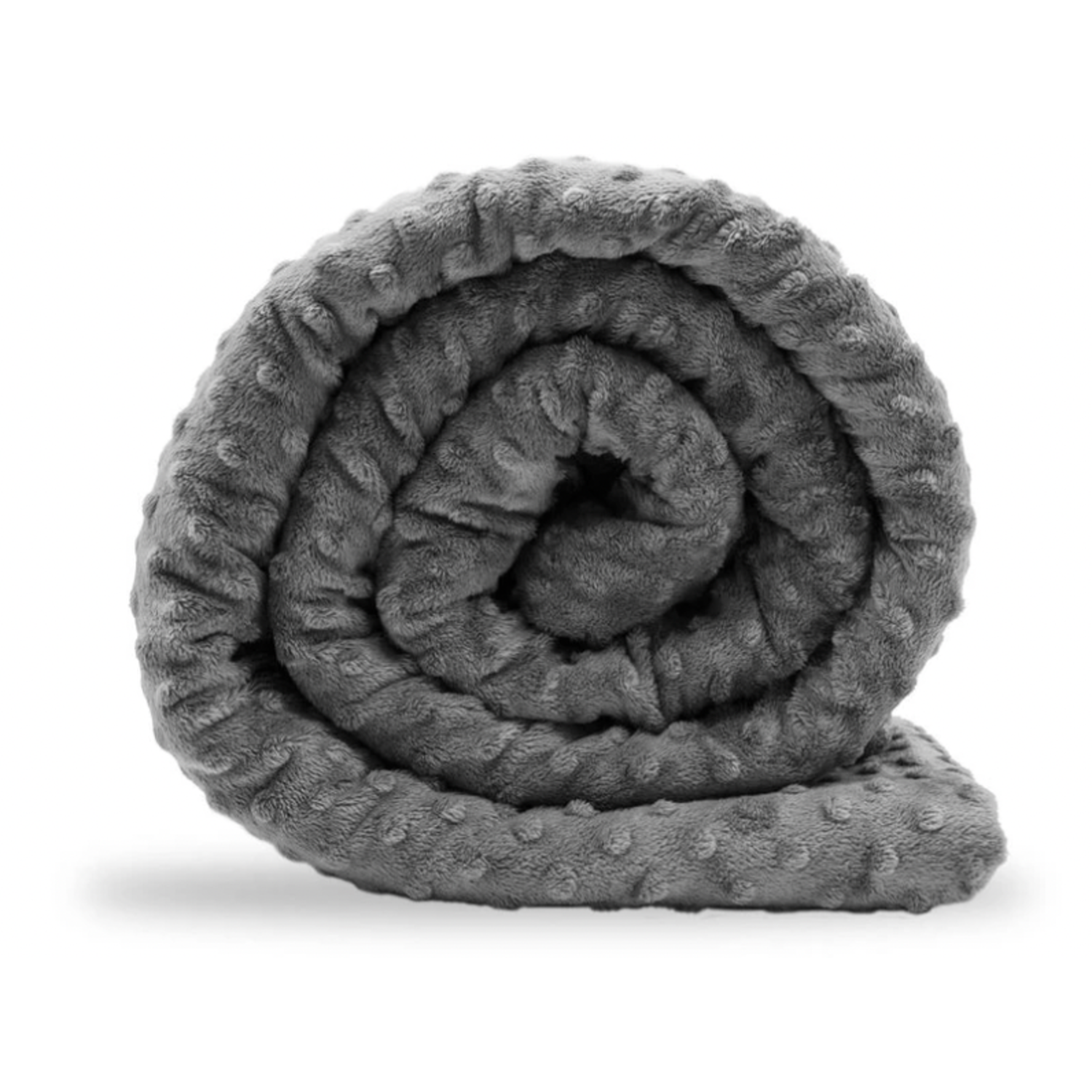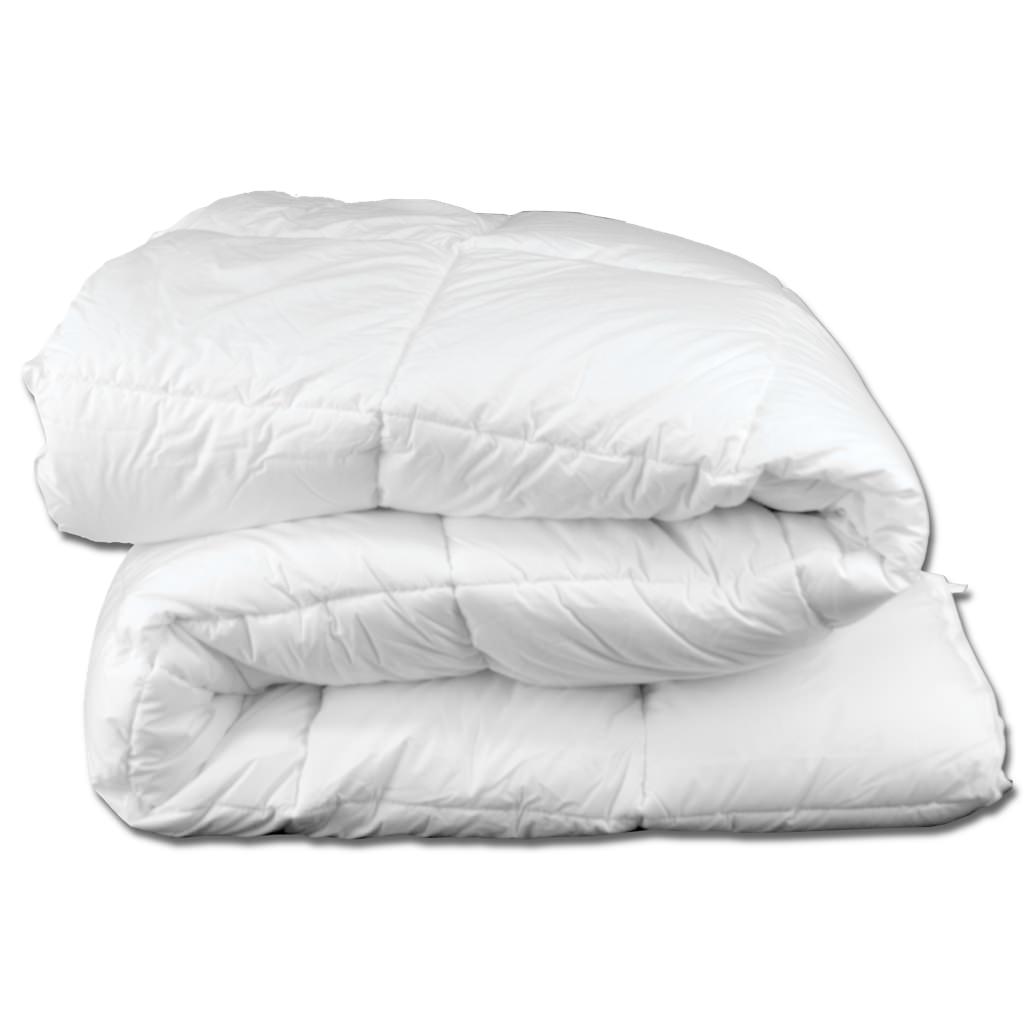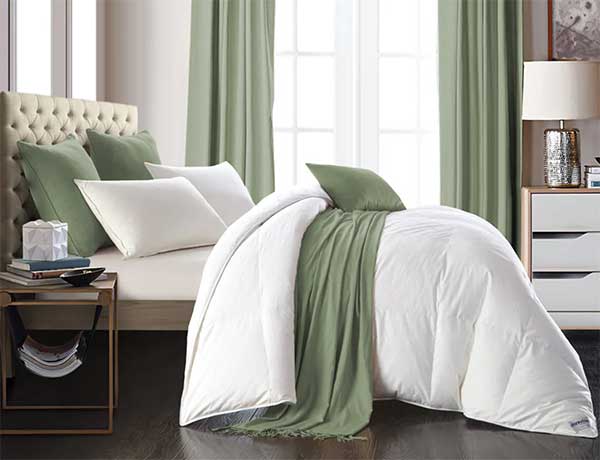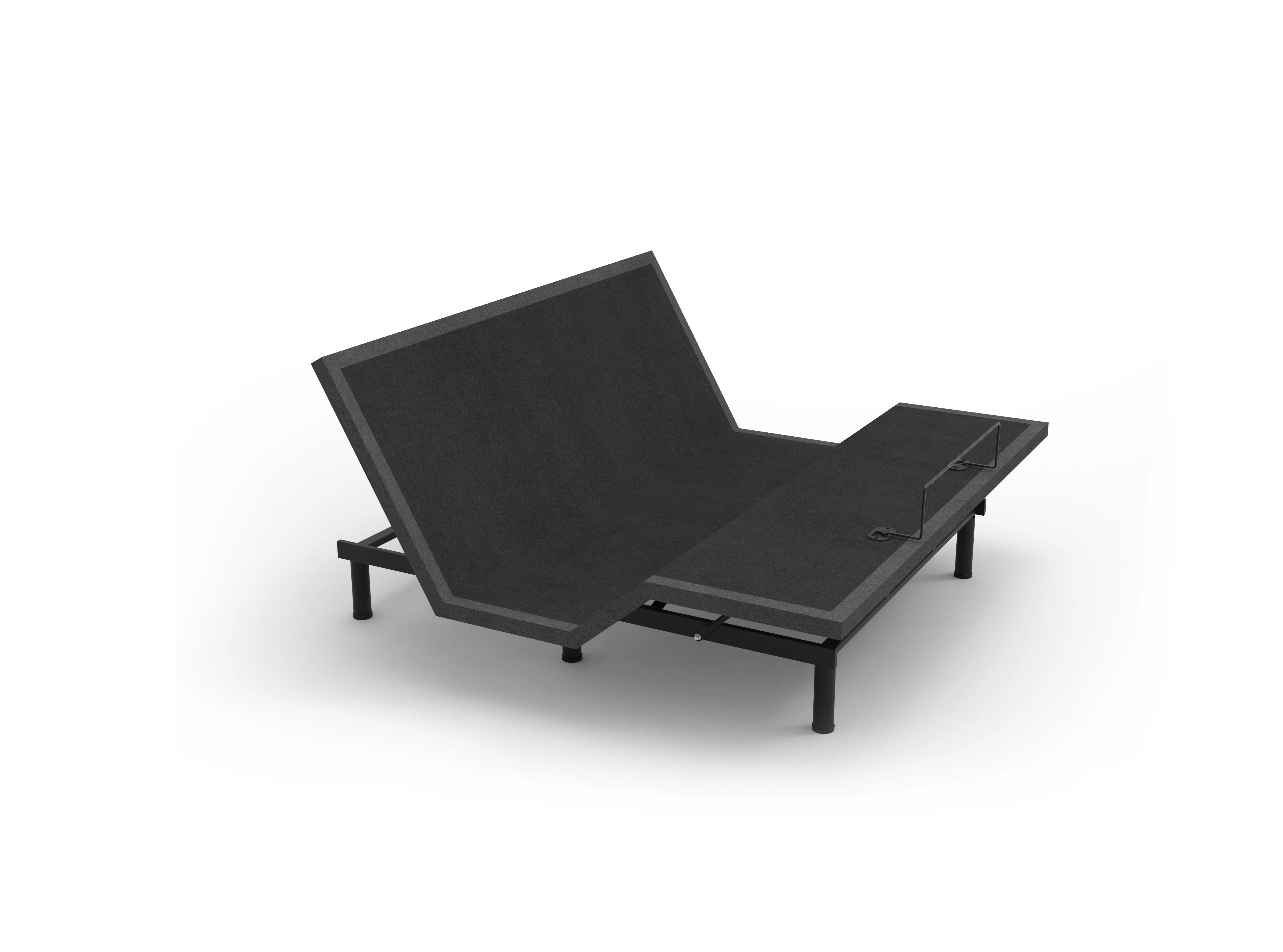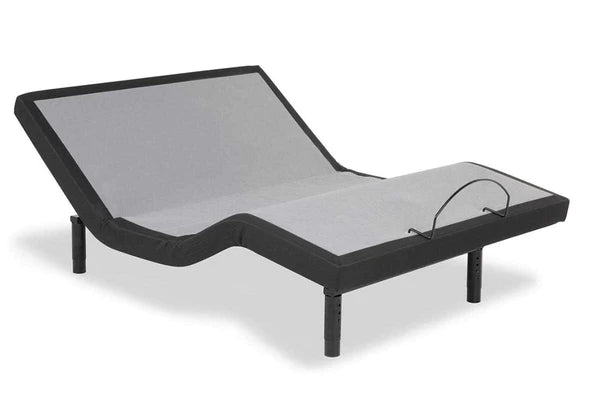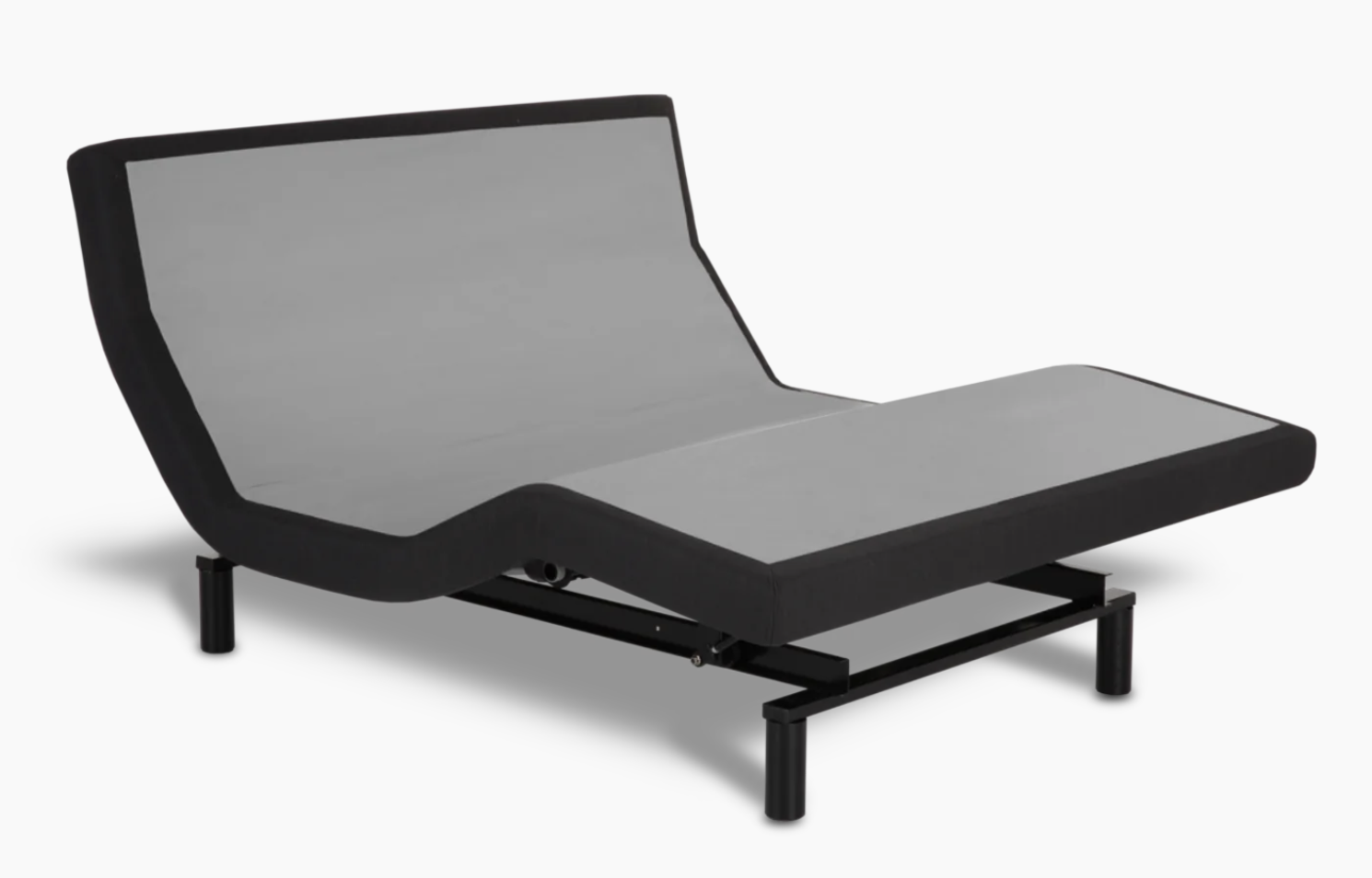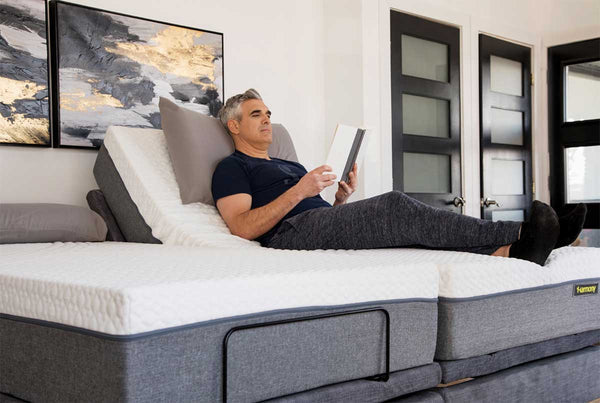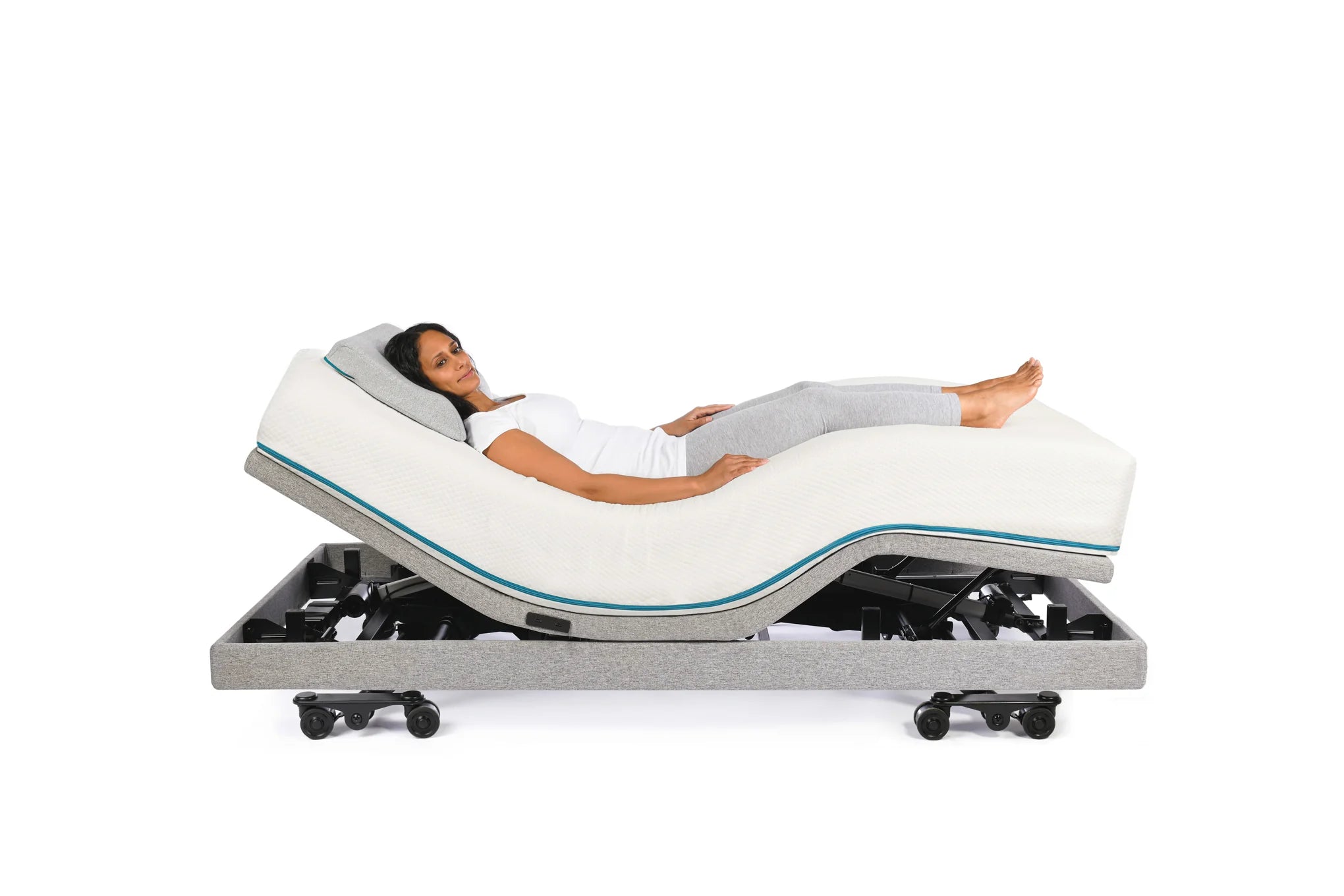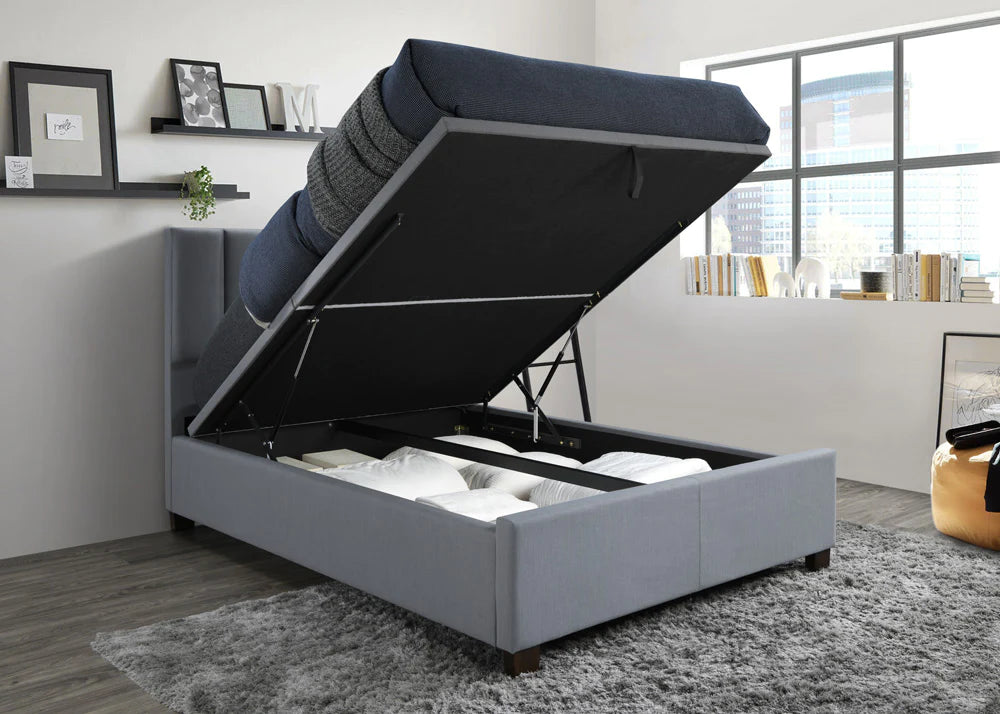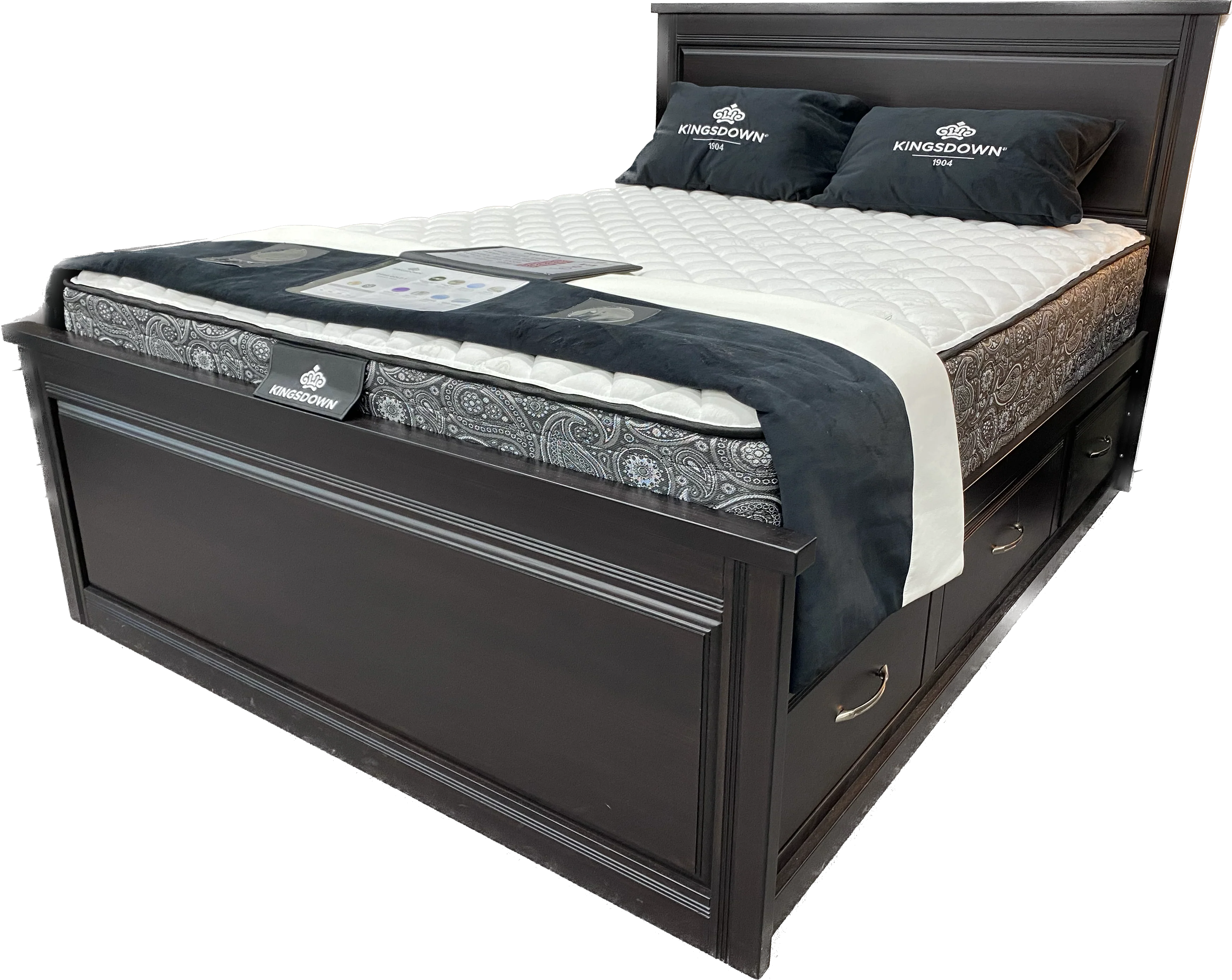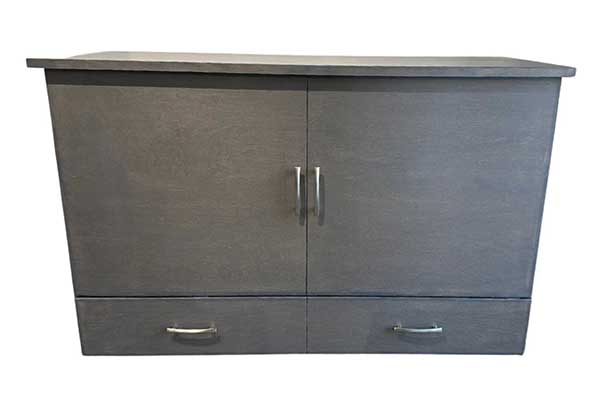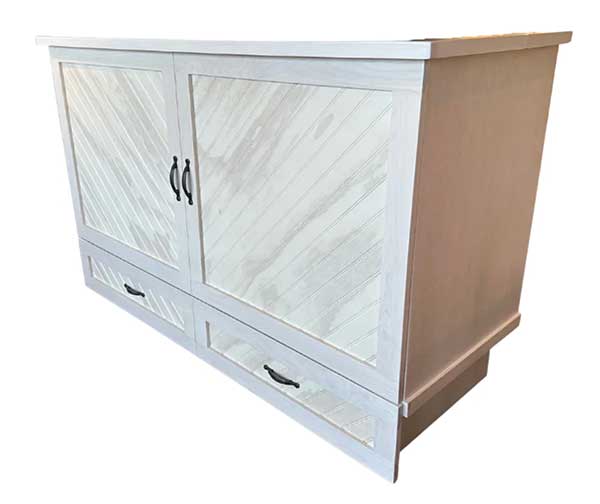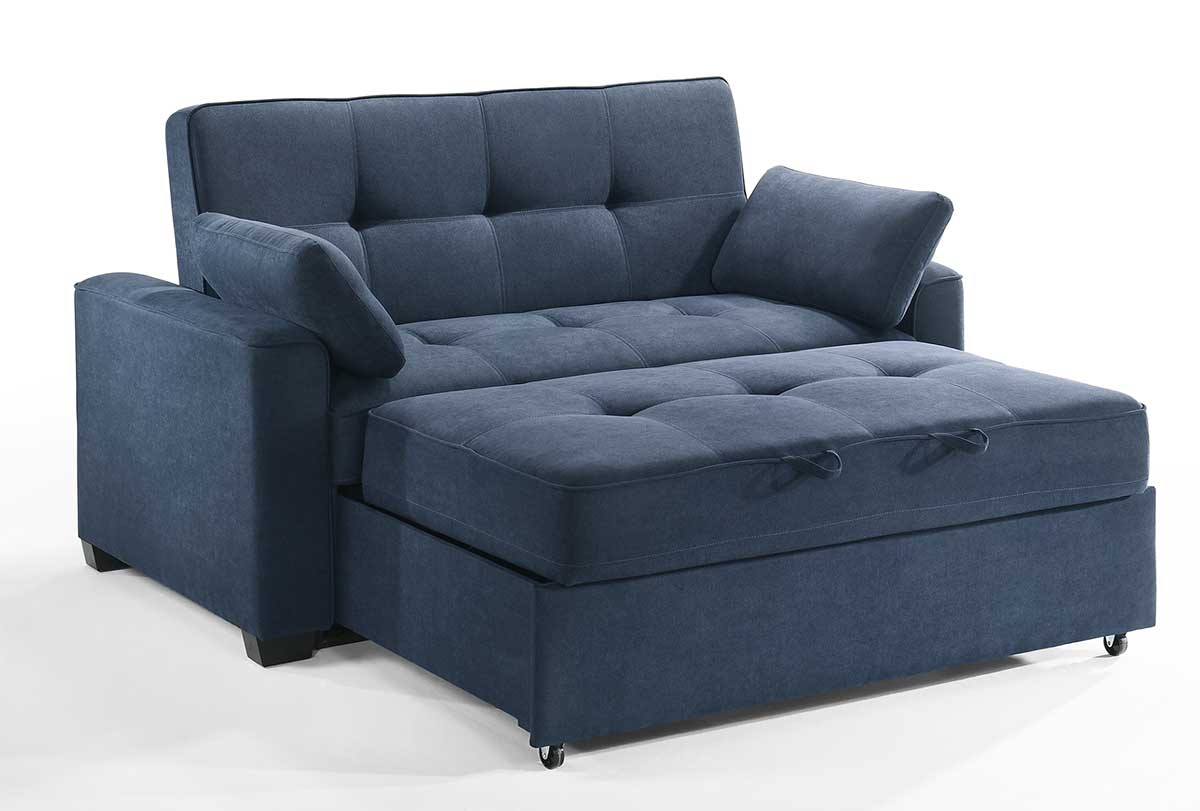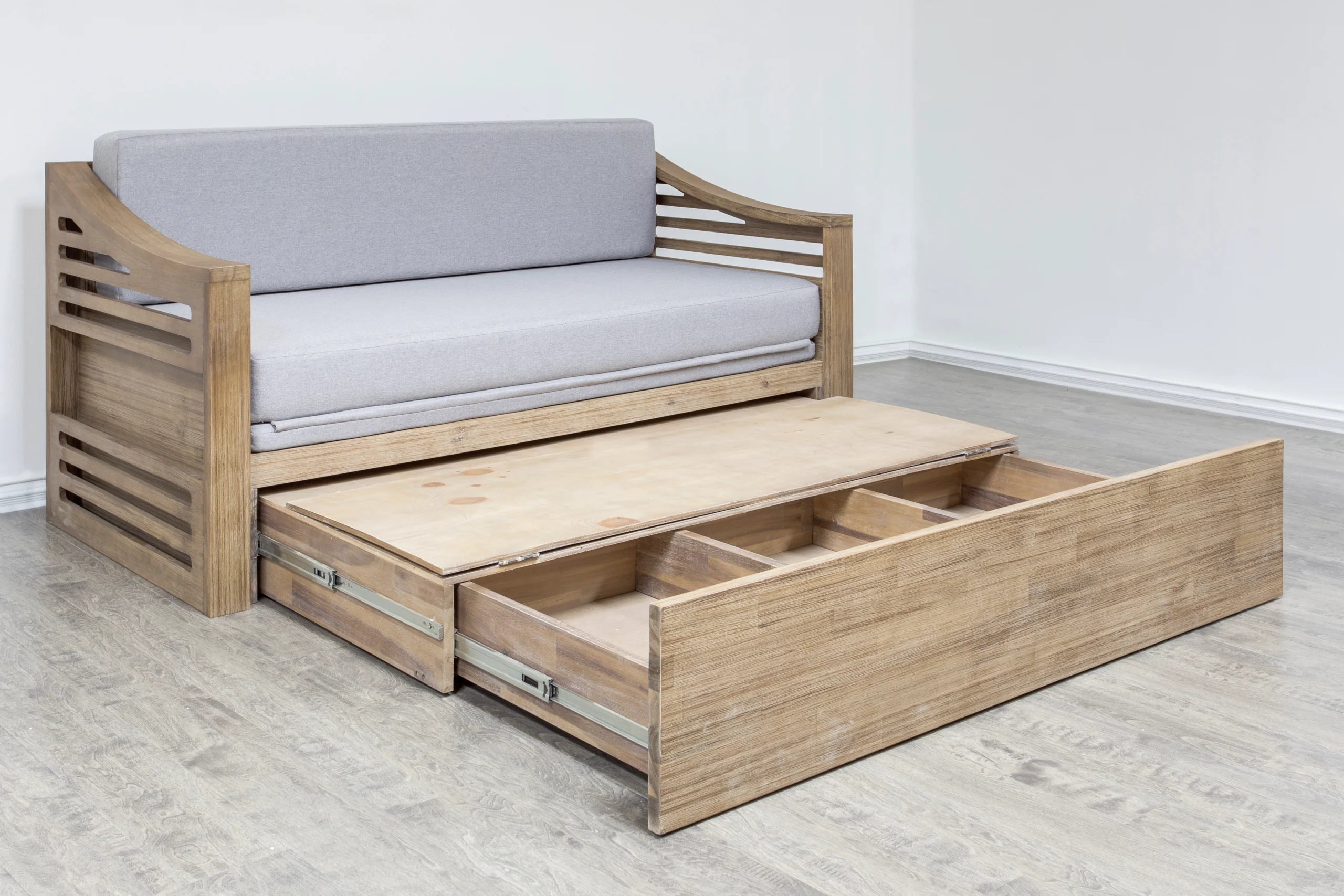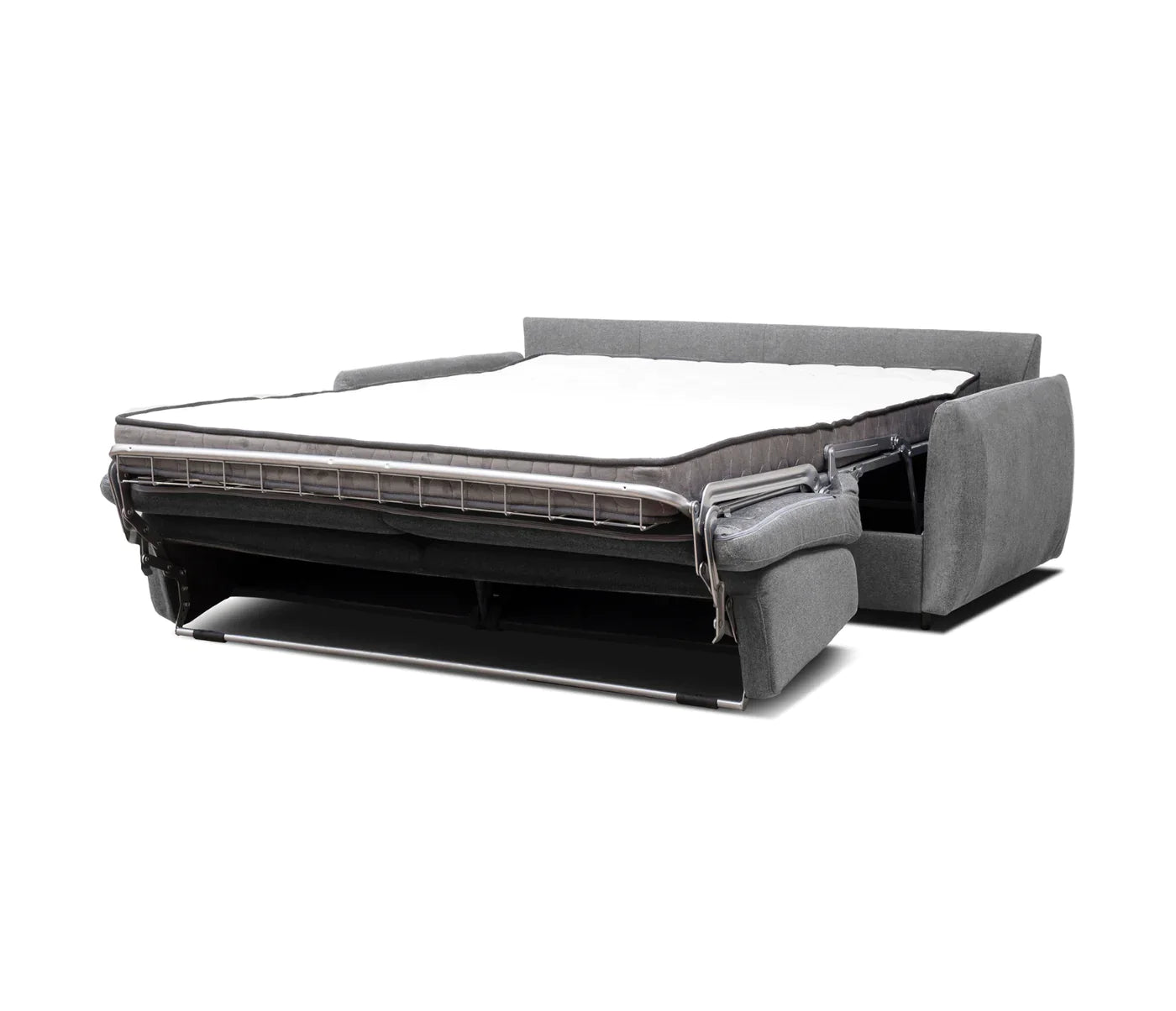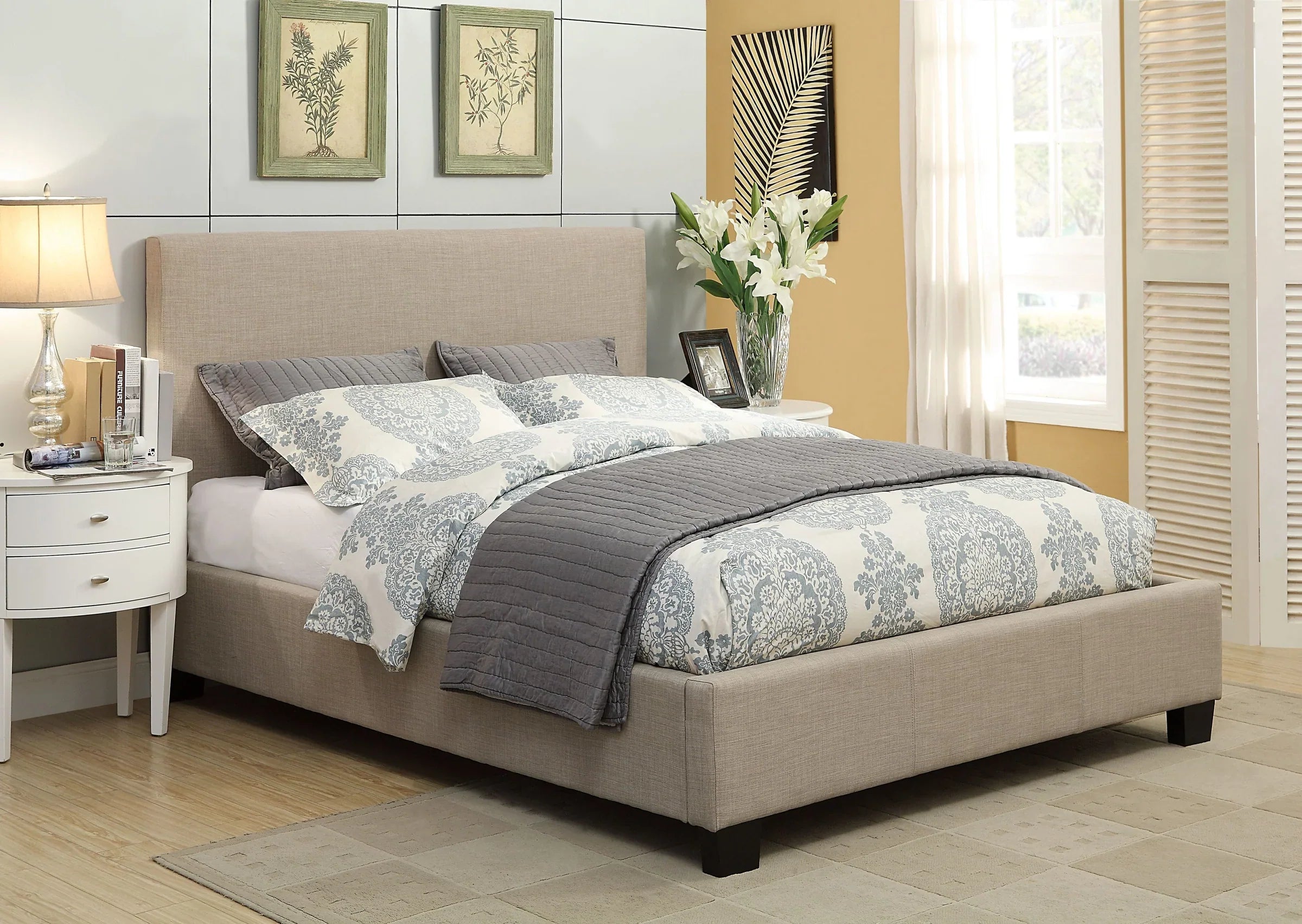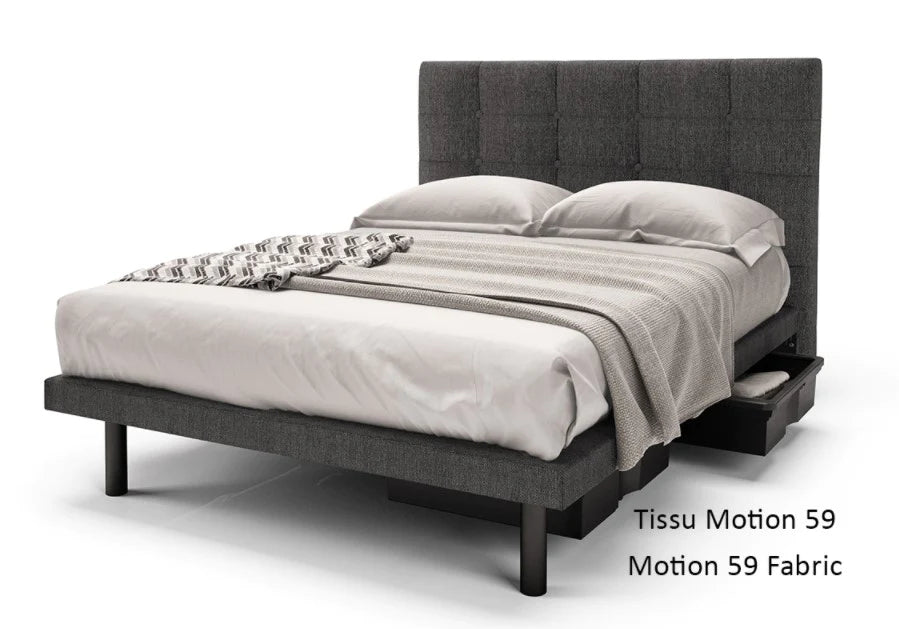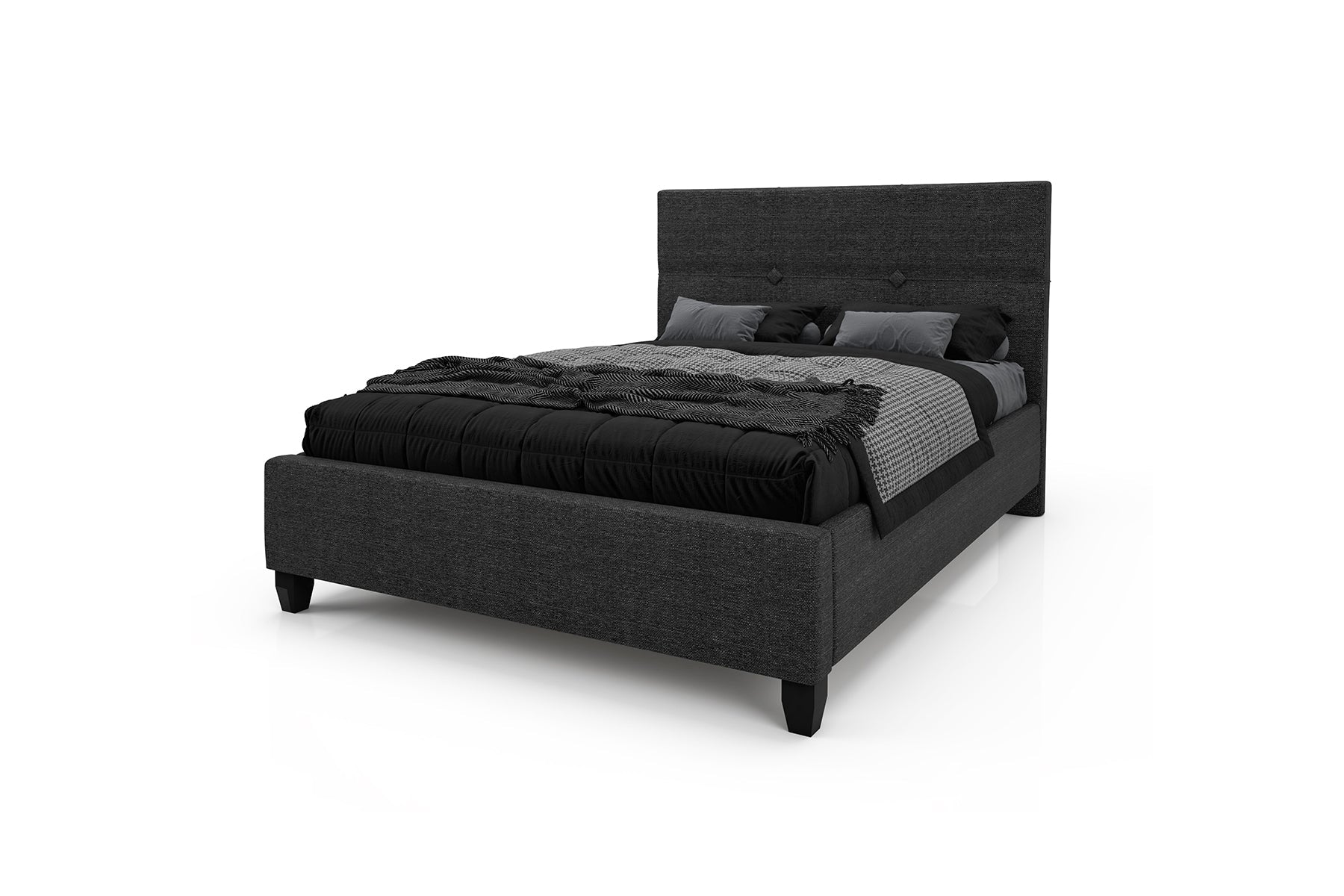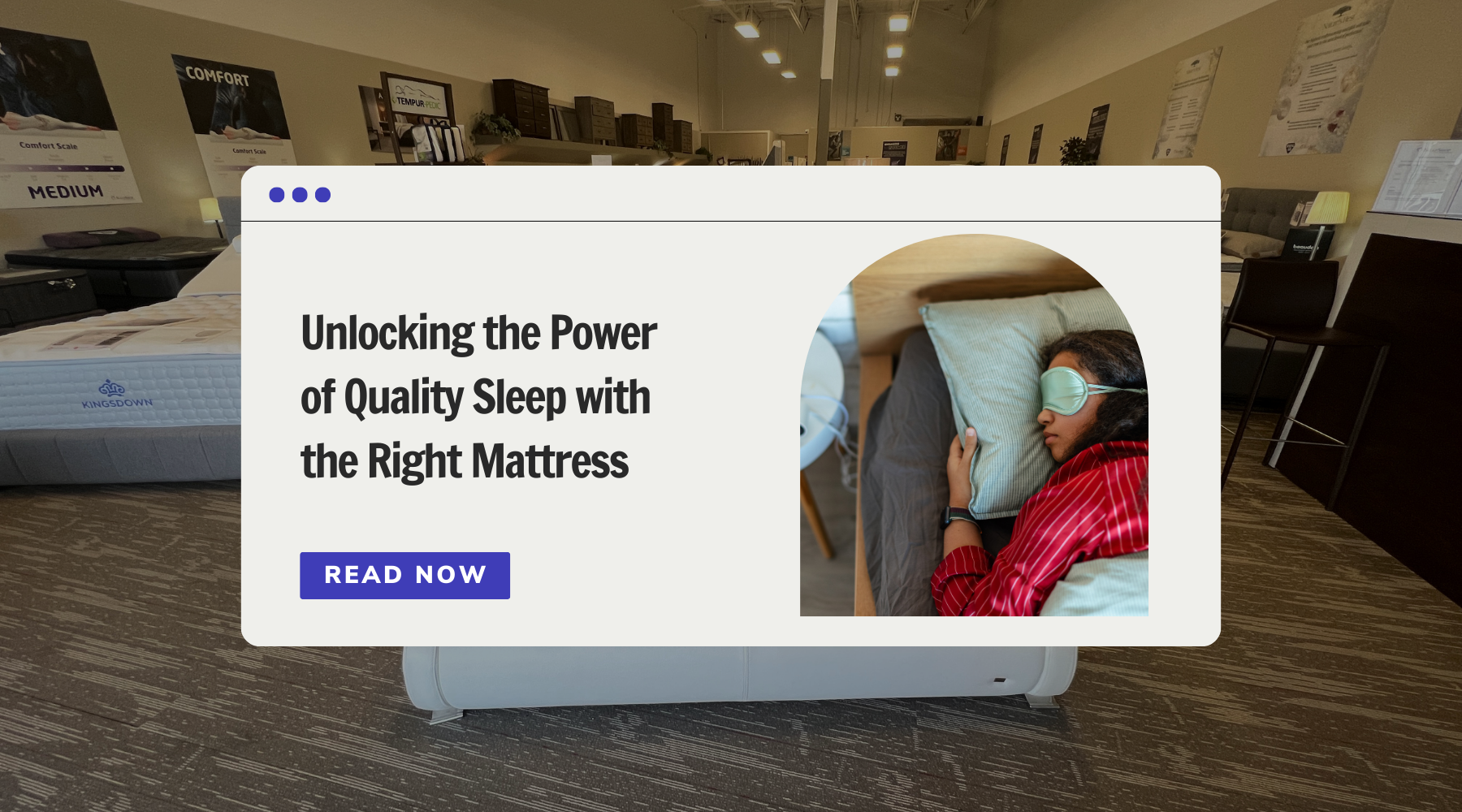You have no items in your shopping cart.
As World Sleep Day dawns, we invite you on an enlightening journey into the realm of sleep, guided by the silent guardian of our nights: the mattress.
Far more than a mere bedroom staple, the right mattress is a gateway to improved life quality through better sleep. Today, let's explore the rich history, innovative science, and transformative potential of the mattress.
The History of the Mattress and Its Evolution
From piles of leaves in prehistoric shelters to the sumptuous padded designs of the modern-day, the mattress has evolved to become the silent custodian of our nocturnal needs. The oldest known mattress, dating back 77,000 years, was unearthed in South Africa, heralding the innate human quest for comfort.
Through the sands of time, this quest has been refined, leading to a plethora of advancements—from the Roman Empire's luxurious stuffed beds to today's state-of-the-art memory foam creations, which trace their origins to NASA's ingenuity.
How Your Mattress Influences Your Sleep
The significance of a high-quality mattress extends far beyond mere comfort; it's a pivotal factor in determining the quality of your sleep and, by extension, your overall health. Understanding the intricate relationship between mattress quality, sleep health, and physical well-being is essential for anyone looking to improve their sleep experience.
Mattress Support and Back Health: A Critical Connection
Proper mattress support is crucial for maintaining spinal alignment. A mattress that's too firm or too soft can lead to unnatural spinal positioning, causing back pain and discomfort. This is particularly true for individuals suffering from chronic back issues, where the right mattress can mean the difference between a pain-free day and one filled with discomfort. For example, a study published in the Journal of Chiropractic Medicine found that mattresses of medium firmness significantly improved sleep quality and reduced back discomfort in participants, highlighting the importance of mattress support in back health.
Mattress Firmness and Personal Comfort
The quest for the perfect mattress often centers around finding the right level of firmness. While personal preference plays a role, the objective is to find a mattress that supports healthy spinal alignment while also cushioning pressure points. Side sleepers might find a softer mattress more accommodating for their hips and shoulders, whereas back or stomach sleepers may benefit from firmer support to keep their spine in line.
Consider the case of Emily, a 35-year-old with chronic lower back pain. After years of restless nights on an old, sagging mattress, Emily switched to a medium-firm memory foam mattress. The change was transformative; not only did her sleep quality improve, but her back pain also diminished significantly, showcasing the profound impact a suitable mattress can have.
Similarly, 42-year-old Mark, who suffered from mild sleep apnea, found relief by adjusting his mattress's firmness and elevation. This minor adjustment led to better sleep and a reduction in apnea episodes, further underscoring the mattress's role in addressing sleep disorders.
Understanding Mattress Aging
Mattresses age not just over time but through the accumulation of nightly stress—body weight, movement, and even the occasional jump from the kids. On average, a mattress can sustain quality sleep for about 7 to 10 years.
This varies by type: innerspring mattresses may have a shorter lifespan due to the wear on coils, while high-density foam and latex options might last longer due to their resilient materials.
Recognizing the Signs of Mattress Wear and Tear
Knowing when it's time to replace your mattress can be the key to improving your sleep quality. Here are several indicators that your mattress is past its prime:
- Visible Sagging: One of the most obvious signs that a mattress needs replacing. Sagging can lead to poor sleep posture and discomfort.
- Increased Allergy Symptoms: Over time, mattresses can accumulate dust mites and other allergens. If you notice an increase in allergy symptoms, it might be due to your mattress.
- Noticeable Lumps: Lumps in a mattress indicate that the padding inside has shifted or deteriorated, which can lead to an uneven sleeping surface.
- Noisy Springs: Innerspring mattresses can become noisy as the springs wear out, which can be disruptive to your sleep.
- Waking Up Sore: If you consistently wake up with back or joint pain, your mattress may no longer be providing the support you need.
Making the Decision to Replace Your Mattress
If you're experiencing any of the above signs, it might be time to consider a new mattress. Investing in a new mattress is not just about improving sleep; it's about investing in your health. A good mattress should support your body's natural posture and alignment, enabling you to achieve restorative sleep.
Maximizing Your Mattress's Lifespan
To extend the life of your mattress, consider using a mattress protector to guard against spills and allergens, rotating it every 90 days to distribute wear evenly, and ensuring it's properly supported by a quality bed frame or base.
Embracing Mattress Recycling: How It Works and Its Benefits
The process of mattress recycling begins with collection and transportation to a recycling facility. There, mattresses are manually or mechanically broken down, and materials are sorted. The benefits of this process are manifold:
-
Conservation of resources: Recycling reduces the need for new raw materials, conserving natural resources and reducing the environmental impact associated with extraction and processing.
-
Reduction in landfill waste: By diverting mattresses from landfills, recycling helps alleviate the strain on waste management systems and mitigates the environmental hazards associated with landfill disposal.
-
Greenhouse gas reduction: Recycling mattresses reduces the methane emissions from decomposing mattresses in landfills, contributing to efforts to combat climate change.
Embrace Better Sleep This World Sleep Day
In honor of World Sleep Day, let's reevaluate our sleeping environments. A mattress is not just a sleeping platform; it's a foundation for health and well-being. As we continue to explore the fascinating world of sleep, remember that the key to unlocking the secrets of restful nights and rejuvenated days might just lie in the mattress beneath you.
As World Sleep Day dawns, we invite you on an enlightening journey into the realm of sleep, guided by the silent guardian of our nights: the mattress.
Far more than a mere bedroom staple, the right mattress is a gateway to improved life quality through better sleep. Today, let's explore the rich history, innovative science, and transformative potential of the mattress.
The History of the Mattress and Its Evolution
From piles of leaves in prehistoric shelters to the sumptuous padded designs of the modern-day, the mattress has evolved to become the silent custodian of our nocturnal needs. The oldest known mattress, dating back 77,000 years, was unearthed in South Africa, heralding the innate human quest for comfort.
Through the sands of time, this quest has been refined, leading to a plethora of advancements—from the Roman Empire's luxurious stuffed beds to today's state-of-the-art memory foam creations, which trace their origins to NASA's ingenuity.
How Your Mattress Influences Your Sleep
The significance of a high-quality mattress extends far beyond mere comfort; it's a pivotal factor in determining the quality of your sleep and, by extension, your overall health. Understanding the intricate relationship between mattress quality, sleep health, and physical well-being is essential for anyone looking to improve their sleep experience.
Mattress Support and Back Health: A Critical Connection
Proper mattress support is crucial for maintaining spinal alignment. A mattress that's too firm or too soft can lead to unnatural spinal positioning, causing back pain and discomfort. This is particularly true for individuals suffering from chronic back issues, where the right mattress can mean the difference between a pain-free day and one filled with discomfort. For example, a study published in the Journal of Chiropractic Medicine found that mattresses of medium firmness significantly improved sleep quality and reduced back discomfort in participants, highlighting the importance of mattress support in back health.
Mattress Firmness and Personal Comfort
The quest for the perfect mattress often centers around finding the right level of firmness. While personal preference plays a role, the objective is to find a mattress that supports healthy spinal alignment while also cushioning pressure points. Side sleepers might find a softer mattress more accommodating for their hips and shoulders, whereas back or stomach sleepers may benefit from firmer support to keep their spine in line.
Consider the case of Emily, a 35-year-old with chronic lower back pain. After years of restless nights on an old, sagging mattress, Emily switched to a medium-firm memory foam mattress. The change was transformative; not only did her sleep quality improve, but her back pain also diminished significantly, showcasing the profound impact a suitable mattress can have.
Similarly, 42-year-old Mark, who suffered from mild sleep apnea, found relief by adjusting his mattress's firmness and elevation. This minor adjustment led to better sleep and a reduction in apnea episodes, further underscoring the mattress's role in addressing sleep disorders.
Understanding Mattress Aging
Mattresses age not just over time but through the accumulation of nightly stress—body weight, movement, and even the occasional jump from the kids. On average, a mattress can sustain quality sleep for about 7 to 10 years.
This varies by type: innerspring mattresses may have a shorter lifespan due to the wear on coils, while high-density foam and latex options might last longer due to their resilient materials.
Recognizing the Signs of Mattress Wear and Tear
Knowing when it's time to replace your mattress can be the key to improving your sleep quality. Here are several indicators that your mattress is past its prime:
- Visible Sagging: One of the most obvious signs that a mattress needs replacing. Sagging can lead to poor sleep posture and discomfort.
- Increased Allergy Symptoms: Over time, mattresses can accumulate dust mites and other allergens. If you notice an increase in allergy symptoms, it might be due to your mattress.
- Noticeable Lumps: Lumps in a mattress indicate that the padding inside has shifted or deteriorated, which can lead to an uneven sleeping surface.
- Noisy Springs: Innerspring mattresses can become noisy as the springs wear out, which can be disruptive to your sleep.
- Waking Up Sore: If you consistently wake up with back or joint pain, your mattress may no longer be providing the support you need.
Making the Decision to Replace Your Mattress
If you're experiencing any of the above signs, it might be time to consider a new mattress. Investing in a new mattress is not just about improving sleep; it's about investing in your health. A good mattress should support your body's natural posture and alignment, enabling you to achieve restorative sleep.
Maximizing Your Mattress's Lifespan
To extend the life of your mattress, consider using a mattress protector to guard against spills and allergens, rotating it every 90 days to distribute wear evenly, and ensuring it's properly supported by a quality bed frame or base.
Embracing Mattress Recycling: How It Works and Its Benefits
The process of mattress recycling begins with collection and transportation to a recycling facility. There, mattresses are manually or mechanically broken down, and materials are sorted. The benefits of this process are manifold:
-
Conservation of resources: Recycling reduces the need for new raw materials, conserving natural resources and reducing the environmental impact associated with extraction and processing.
-
Reduction in landfill waste: By diverting mattresses from landfills, recycling helps alleviate the strain on waste management systems and mitigates the environmental hazards associated with landfill disposal.
-
Greenhouse gas reduction: Recycling mattresses reduces the methane emissions from decomposing mattresses in landfills, contributing to efforts to combat climate change.
Embrace Better Sleep This World Sleep Day
In honor of World Sleep Day, let's reevaluate our sleeping environments. A mattress is not just a sleeping platform; it's a foundation for health and well-being. As we continue to explore the fascinating world of sleep, remember that the key to unlocking the secrets of restful nights and rejuvenated days might just lie in the mattress beneath you.















